From Ayurveda to gua sha - the ancient wellness practices that have stood the test of time
The rise of holistic health in the modern day has seen many of these ancient wellness techniques become more popular than ever
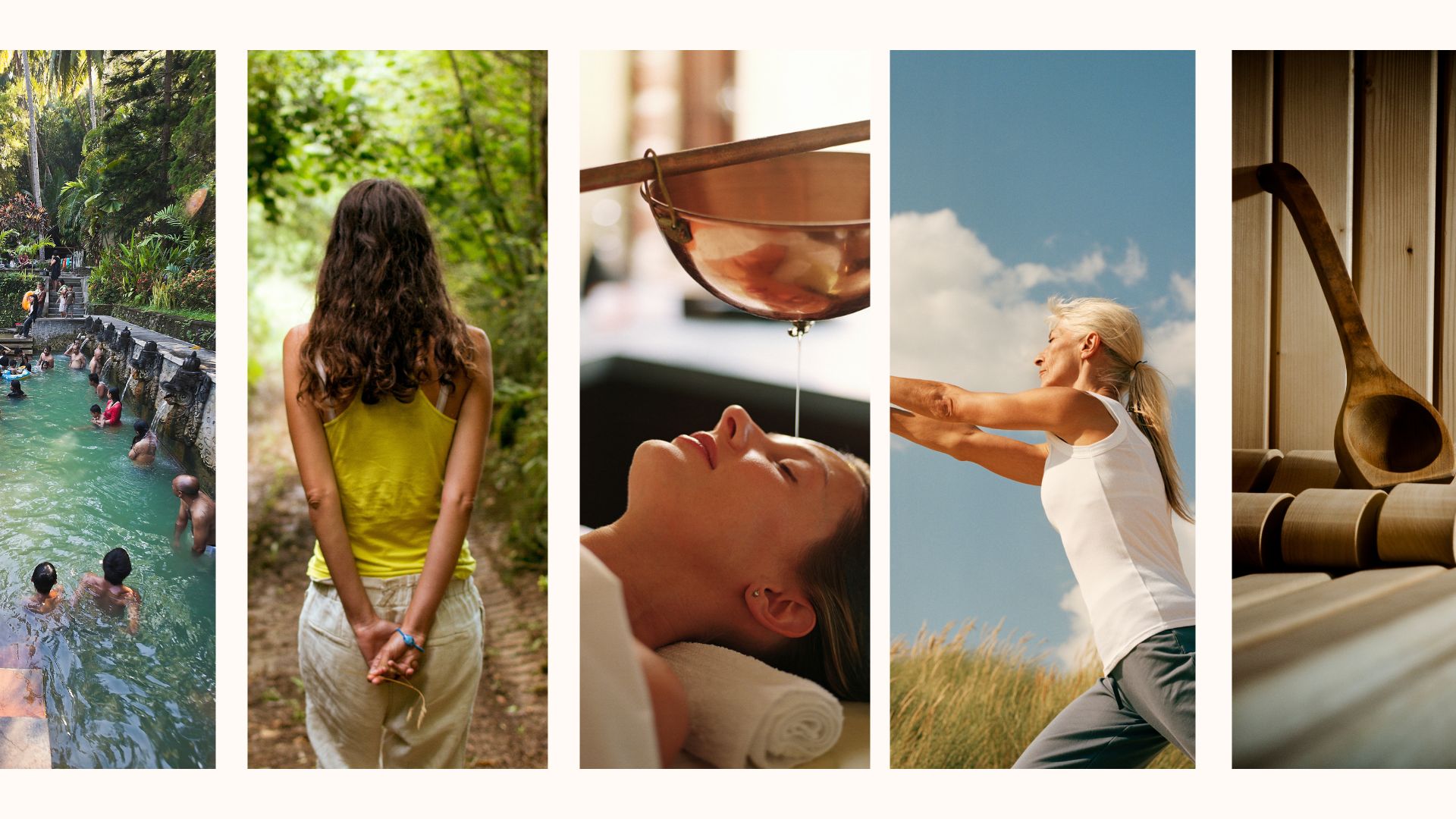

Many ancient wellness practices have been around for thousands of years and remain popular in the modern world thanks to their effectiveness and roots in holistic health.
"In a world steeped in modernity and rapid advancements, there's a magnetic pull towards ancient healing arts rooted in holistic wisdom," Olivia Ferrary and Georgie Wright, founders of Shape House, a centre specialising in lymphatic drainage, tell us. From the depths of China to the sands of Egypt, ancient civilisations intuitively grasped the intricate dance between body, mind, and spirit in nurturing well-being."
Here are 34 ancient wellness practices that remain popular today, along with their benefits for us.
Ancient wellness practices that have stood the test of time
Lymphatic drainage
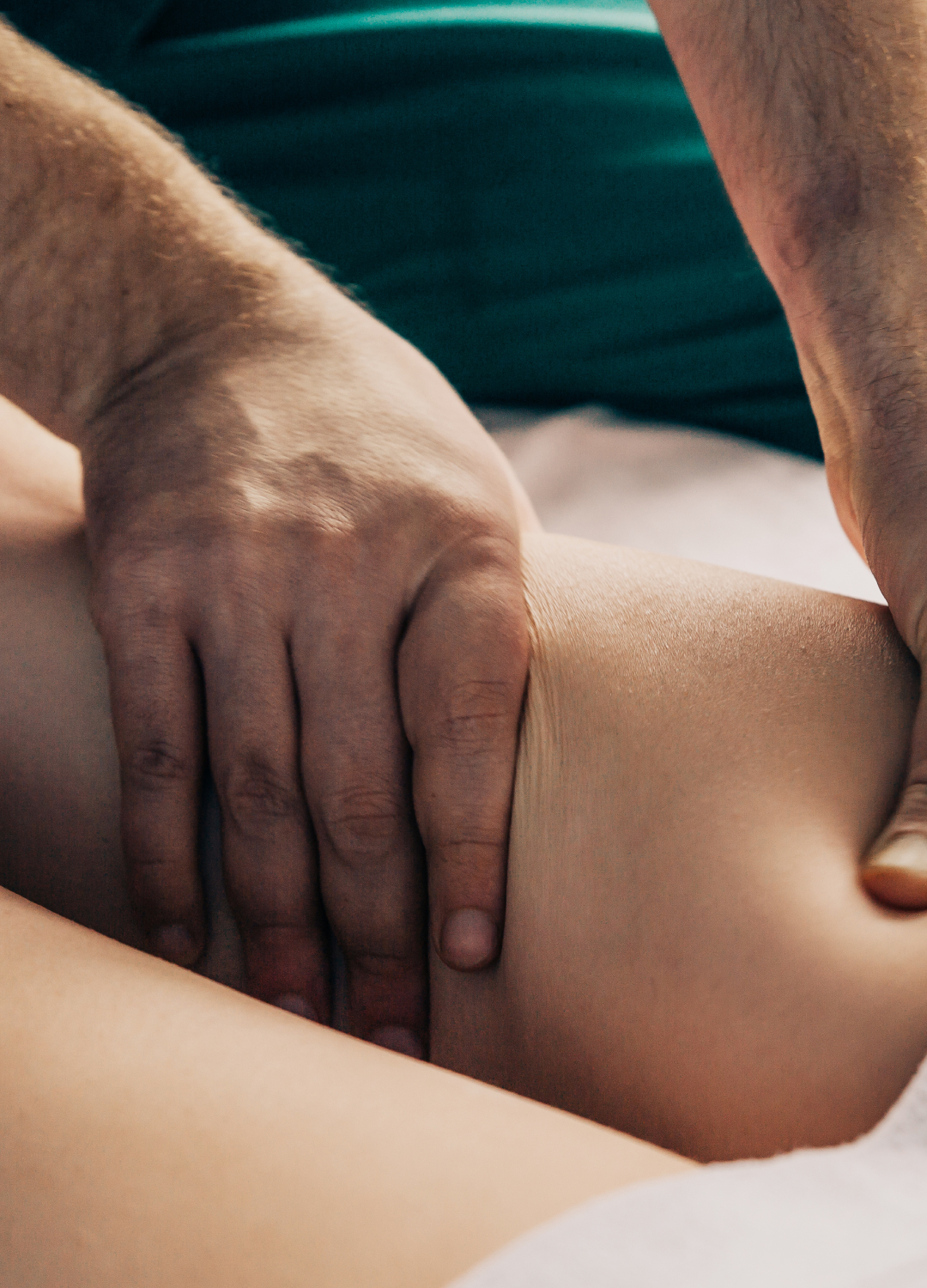
"Lymphatic drainage might sound like the latest self-care trend, but it’s actually been around for ages," Olivia Ferrary & Georgie Wright, founders of Shape House, tell us.
"The version we use today was developed in the 1930s by a smart and intuitive Danish couple, Emil and Estrid Vodder. They realised that gentle, rhythmic massage helped their clients with chronic congestion and low immunity, and Manual Lymphatic Drainage (MLD) was born.
"However, even before that, ancient healing systems like Ayurveda and Traditional Chinese Medicine were primarily focused on movement, detoxification, and the flow of energy. Touch has always been powerful."
Journalling
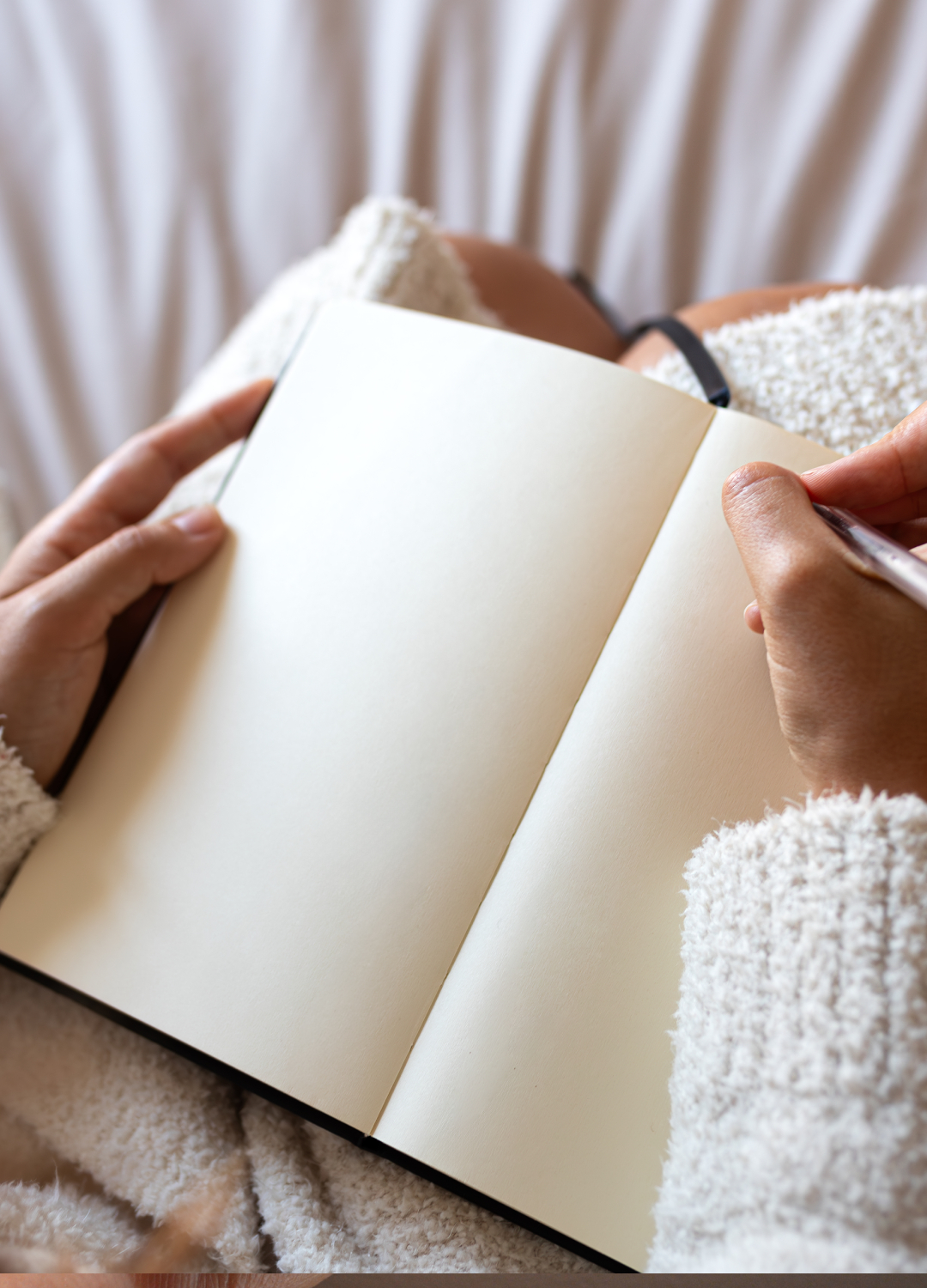
"Practices like meditation and journaling are particularly effective tools that help me," Sarah Jones St John, founder of Grey Wolfe, explained to us.
Sign up to our free daily email for the latest royal and entertainment news, interesting opinion, expert advice on styling and beauty trends, and no-nonsense guides to the health and wellness questions you want answered.
"Beyond these personal favourites, solitude can also be found through mindful walks in nature or taking intentional breaks from technology.
"These practices remind us that solitude isn’t about isolation but about creating restorative, intentional moments to recharge and enhance clarity, creativity, and resilience."
Contrast therapy
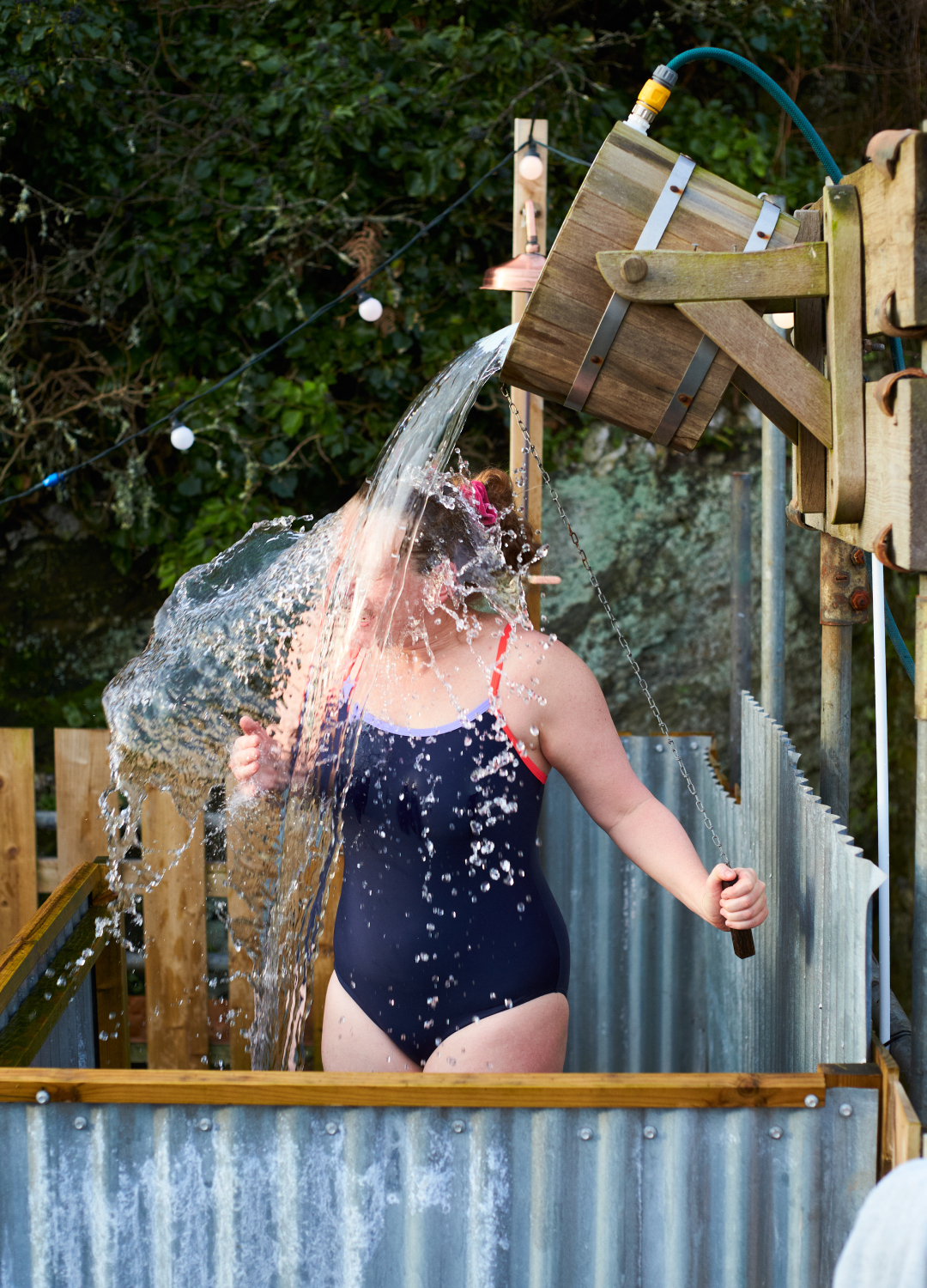
Contrast therapy has seen a huge rise in popularity thanks to the popularity of community saunas, who also often offer ice bath experiences as part of the package.
The practice of alternating between hot and cold temperatures for therapeutic purposes has origins in Greek and Roman times when it was thought to help aid mental health, reduce inflammation and ease aches and pains.
Cupping
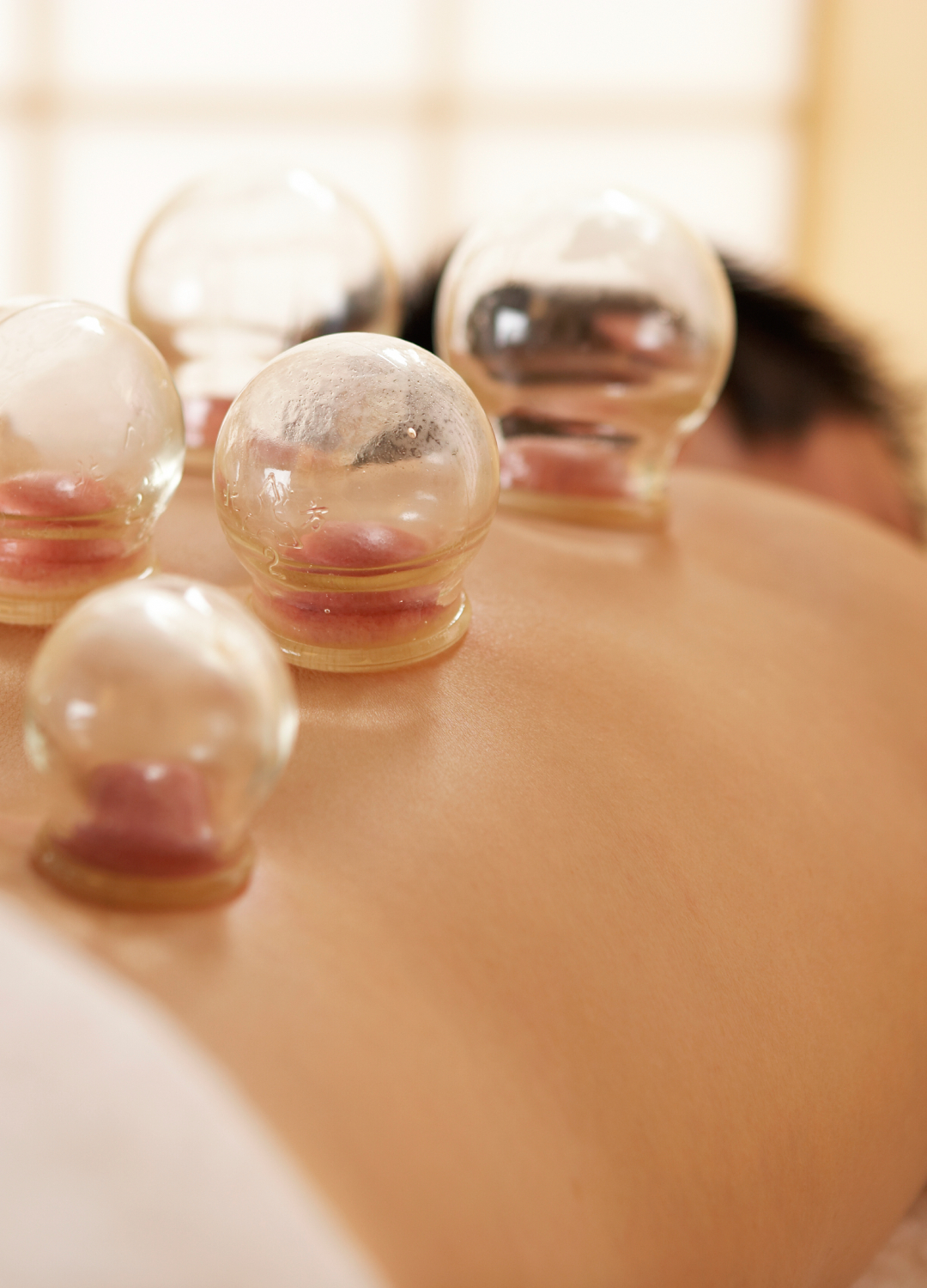
While it may not look like the most comfortable treatment, cupping has an age-old legacy of helping to remove toxins from the body. Cups are placed on the skin, typically on the back, to provide a suction effect.
"Cupping, Gua Sha, and Wood Therapy are all ancient healing techniques that have stood the test of time," Olivia Ferrary and Georgie Wright, founders of Shape House, explain.
Gua Sha
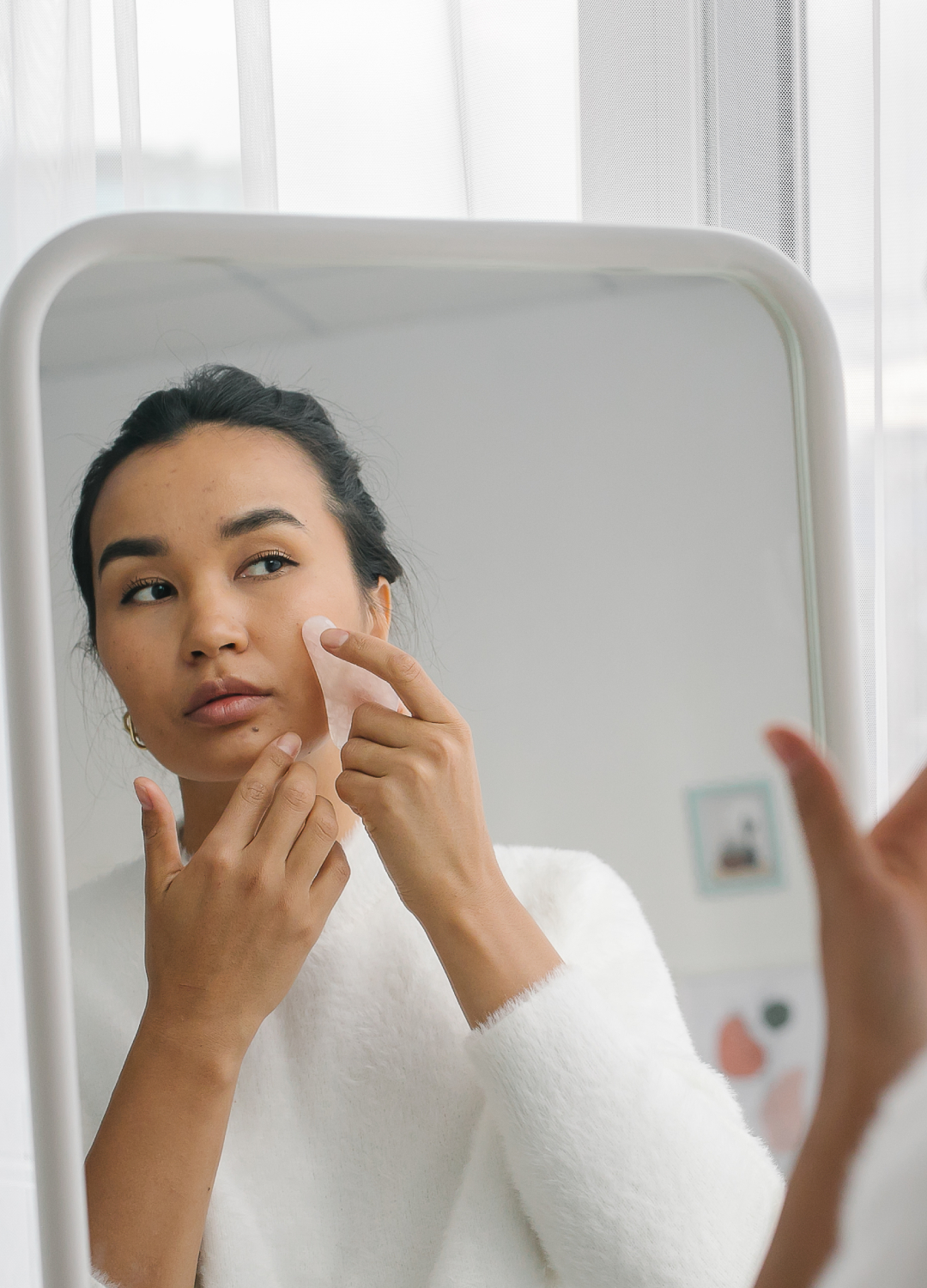
Gua Sha's origins date back to ancient China, and the practice is believed to aid the body in releasing toxins by stimulating blood flow and releasing stagnant energy.
Olivia Ferrary and Georgie Wright, founders of Shape House, explain, "At Shape House, we believe these old-school modalities still work because they’re based on deep truths about how our bodies thrive."
Wood therapy
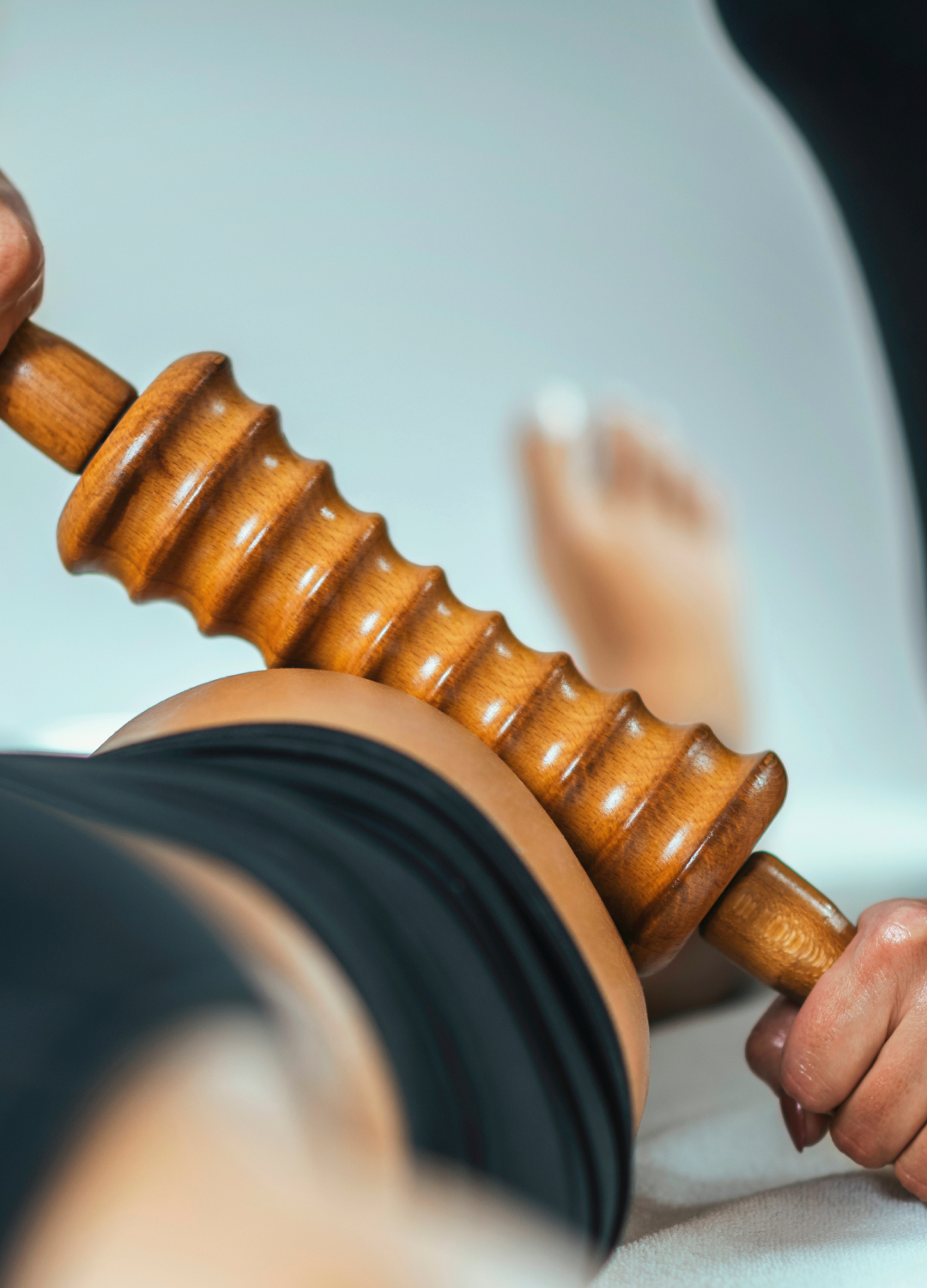
Wood therapy, also known as maderotherapy, is an ancient massage technique that utilises wooden tools to massage and stimulate the body, promoting lymphatic drainage and enhancing circulation. Similar to hot stones, these tools are often used in modern-day massage.
Forest bathing
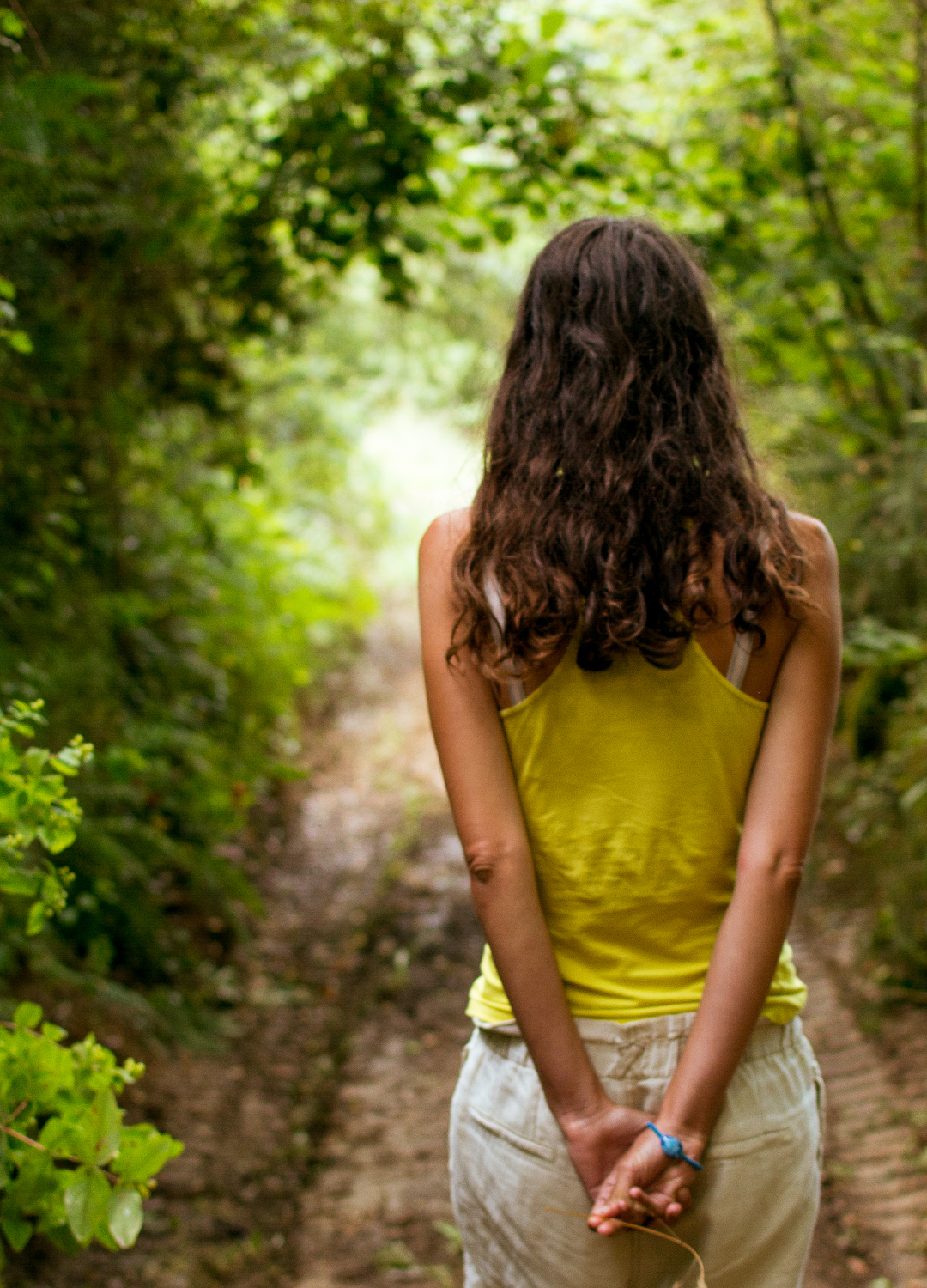
Forest bathing, also known as shinrin-yoku, has its origins in ancient Japan and has become a popular technique today, partly due to its growing popularity on social media.
The idea of Forest bathing isn't to bathe in a forest, but to take a walk without tech or distractions, taking in the sights and sounds of the forest.
Cold-water immersion
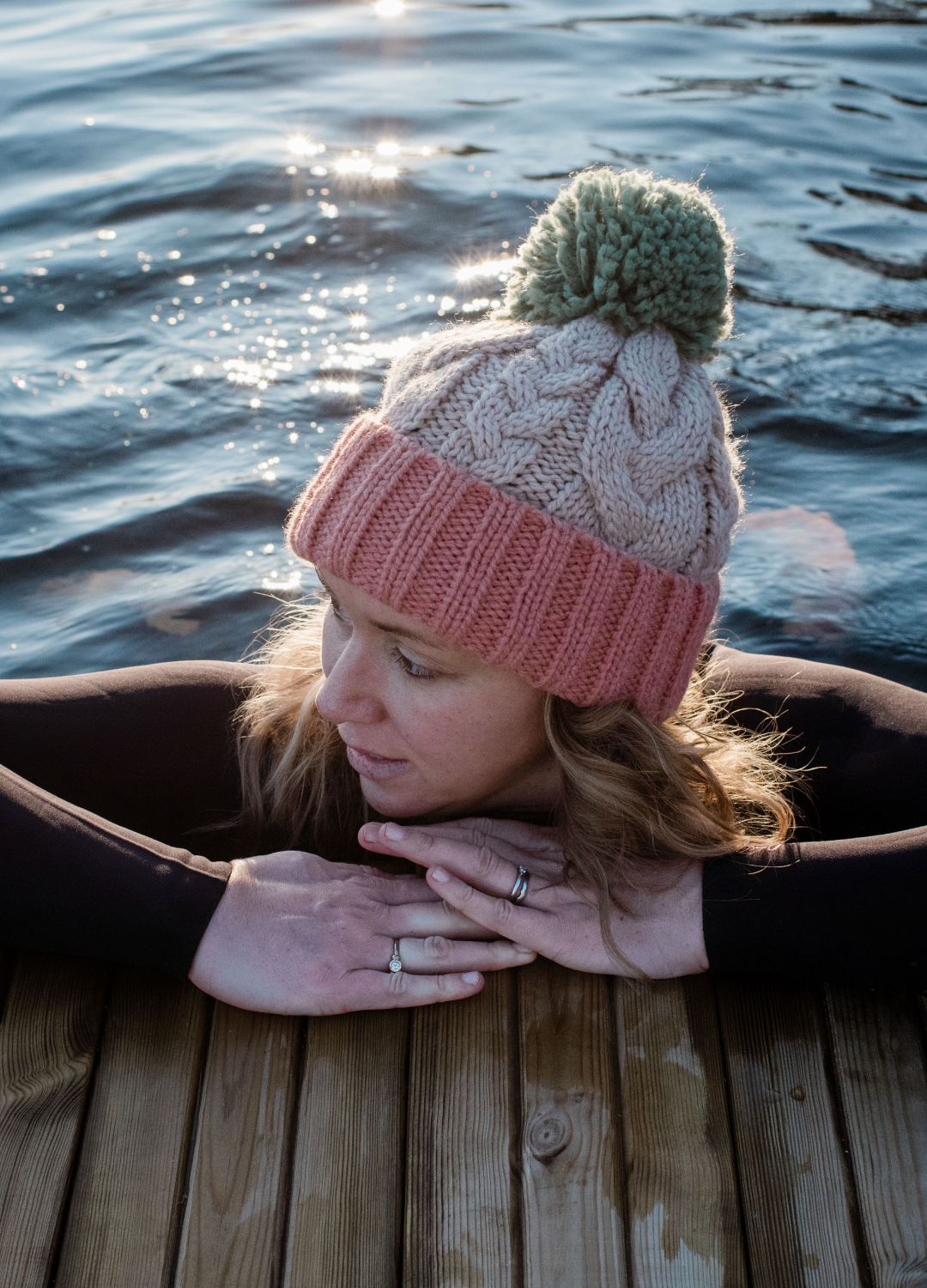
A cold water dip can work wonders for your health, with purported benefits ranging from improved sleep to enhanced circulation and increased immunity.
The Ancient Greeks, Romans, and Egyptians were all believed to have used cold water therapy for its numerous health benefits.
Bathing in natural hot springs
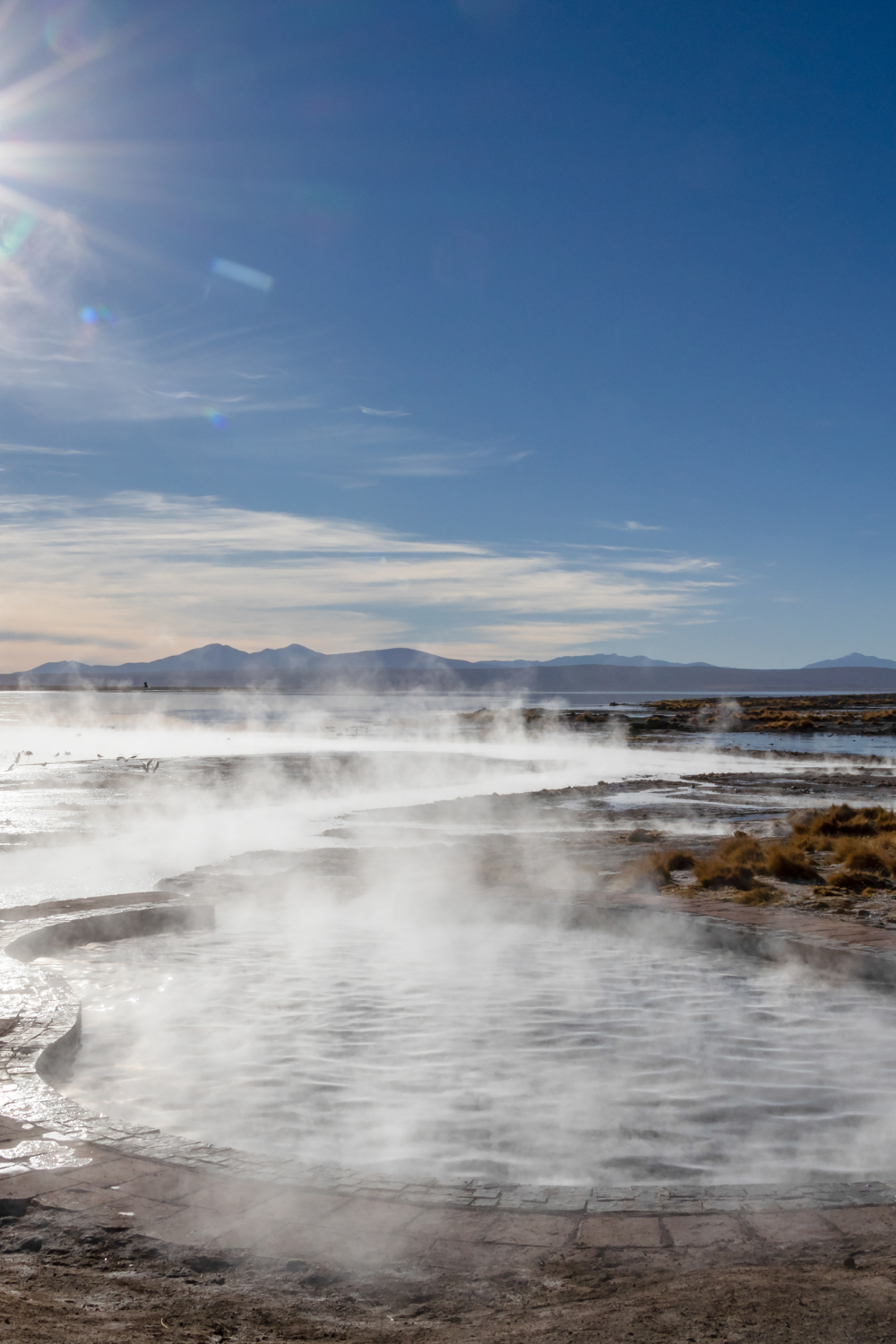
Hot springs are more popular than ever today, bringing in tourists from around the world eager to experience their healing powers, with the most famous being the Blue Lagoon in Iceland.
“Having lived in a hot spring town in central Mexico for five years - San Miguel de Allende - I can fully attest to the healing powers of hot spring bathing," Maya healer and HOME therapist Roland Torikian told us.
“In Mexico, sometimes we take our clients to hot springs for healing and purification ceremonies, especially when they become afflicted by a spiritual disturbance or soul loss," Roland continued. "In the Mayan tradition, as in many indigenous cultures, hot springs and their surroundings are considered to be sacred places. The healing essence of the water, along with the spiritual energy of the place and the work of the healer, can all help the bather reconnect with themselves and open up new pathways for healing."
Mud therapy
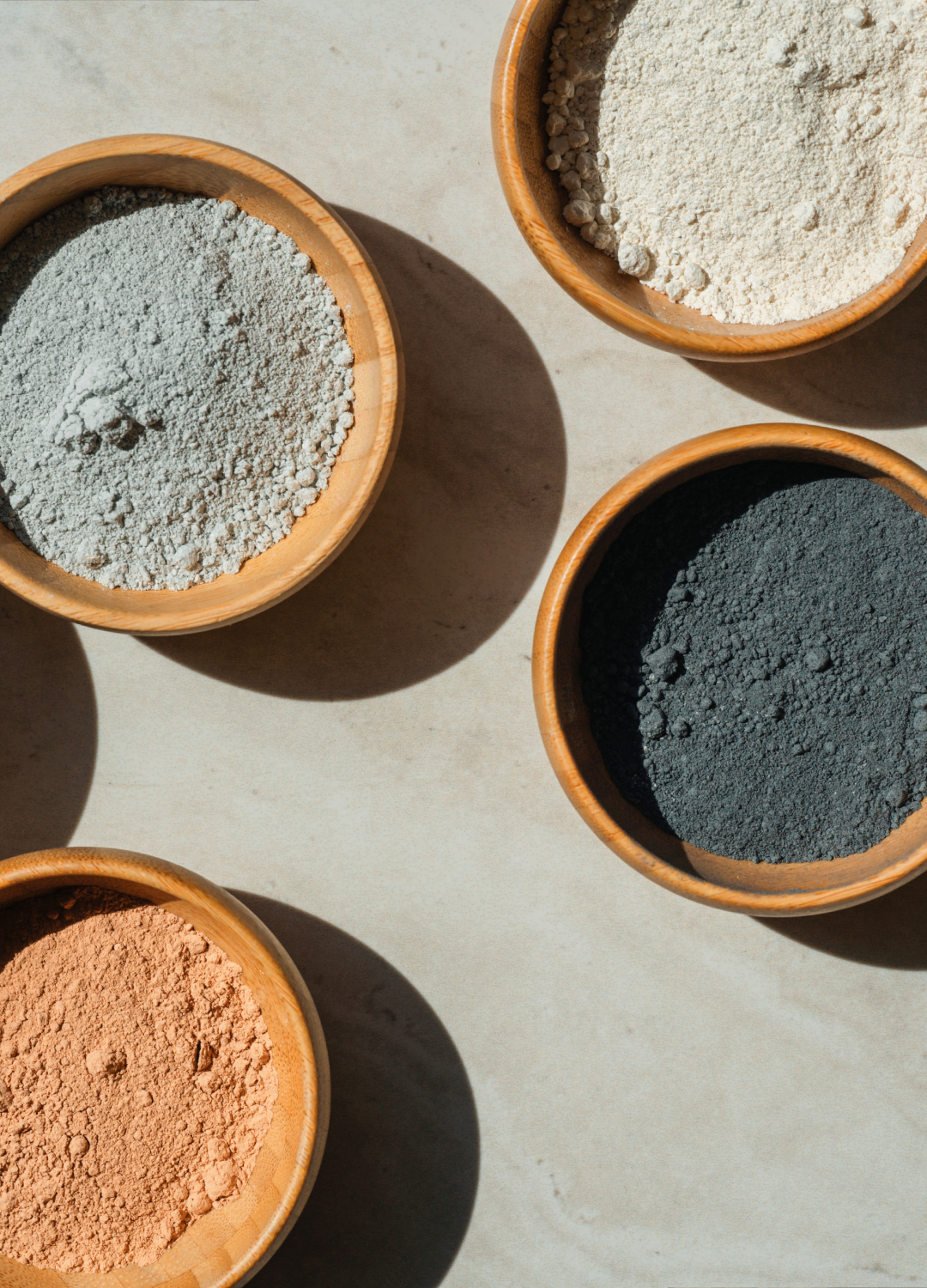
The ancient Egyptians and Romans used mud therapy as a method to draw out toxins through skincare. Mud was easily accessible as a therapy, and anecdotally, it was said to ease skin conditions and help calm the body.
Nowadays, it is used frequently, from mud face masks to body treatments and the addition of mud therapy when visiting hot springs.
Reflexology
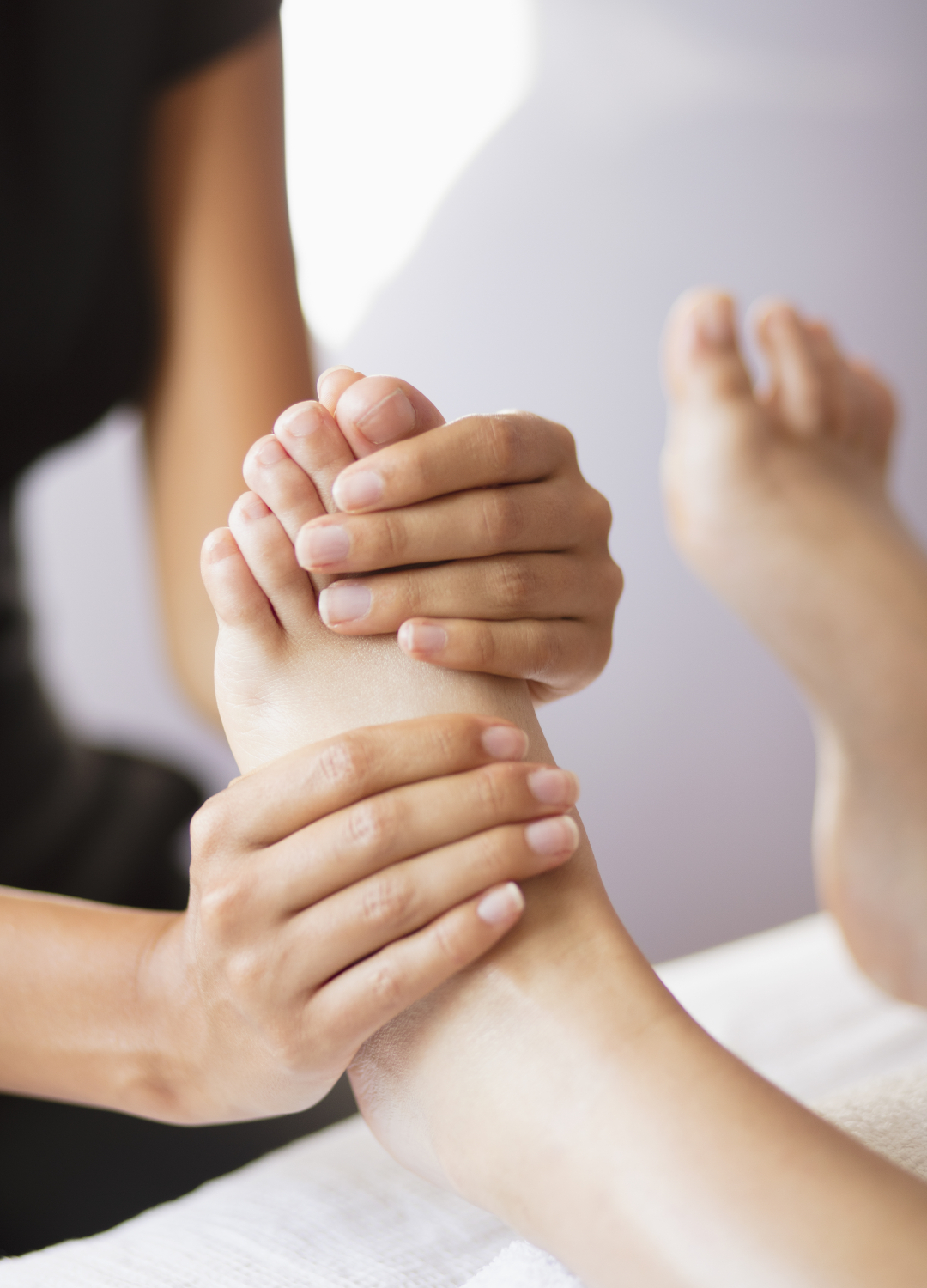
Reflexology remains a popular spa treatment, with ancient roots. Ancient Chinese and Egyptian practices saw therapists and healers applying pressure to specific points on the hands and feet to stimulate various parts of the body, and it's thought that this treatment can also help identify weaknesses within organs.
Naval oiling
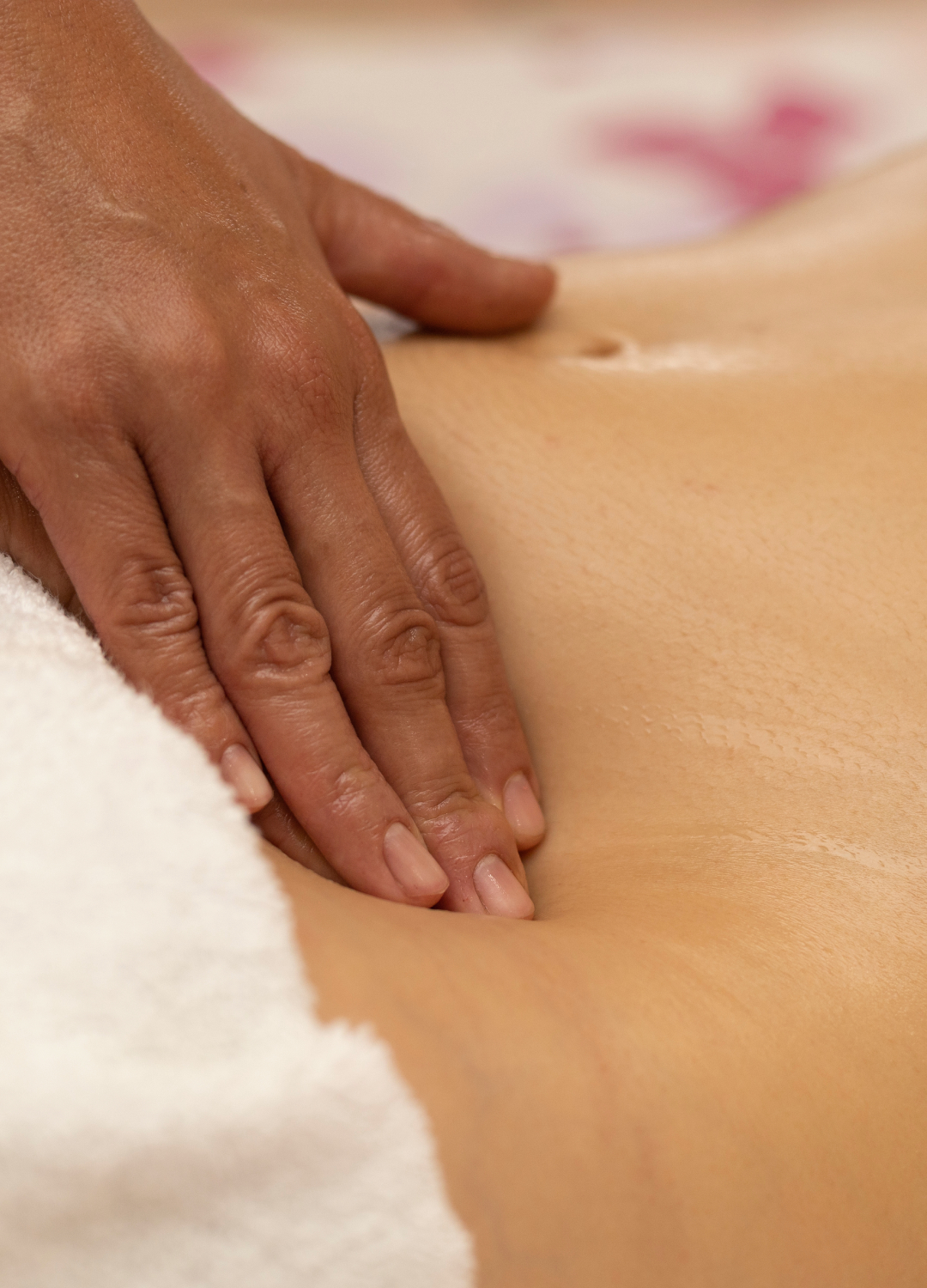
The concept of putting warm oil into the belly button dates back centuries, originating from Ayurveda. It's thought that naval oiling can help soothe the nervous system, aid in reducing swelling, alleviate cramps, and promote digestion, as well as encourage deeper sleep.
Shirodhara is another practice that involves oil, but this time it's poured onto the forehead to aid well-being. "This is a deeply meditative and calming ritual. Shirodhara involves a continuous stream of warm herbal oil poured gently onto the forehead, specifically on the 'third eye' point," Wellness Expert & Co Founder of Spa Ceylon, Shalin Balasuriya, explains.
"This ancient therapy is known to soothe the nervous system, helping to ease anxiety, relieve insomnia, and calm mental fatigue, creating a profound sense of stillness and inner peace."
Oil pulling
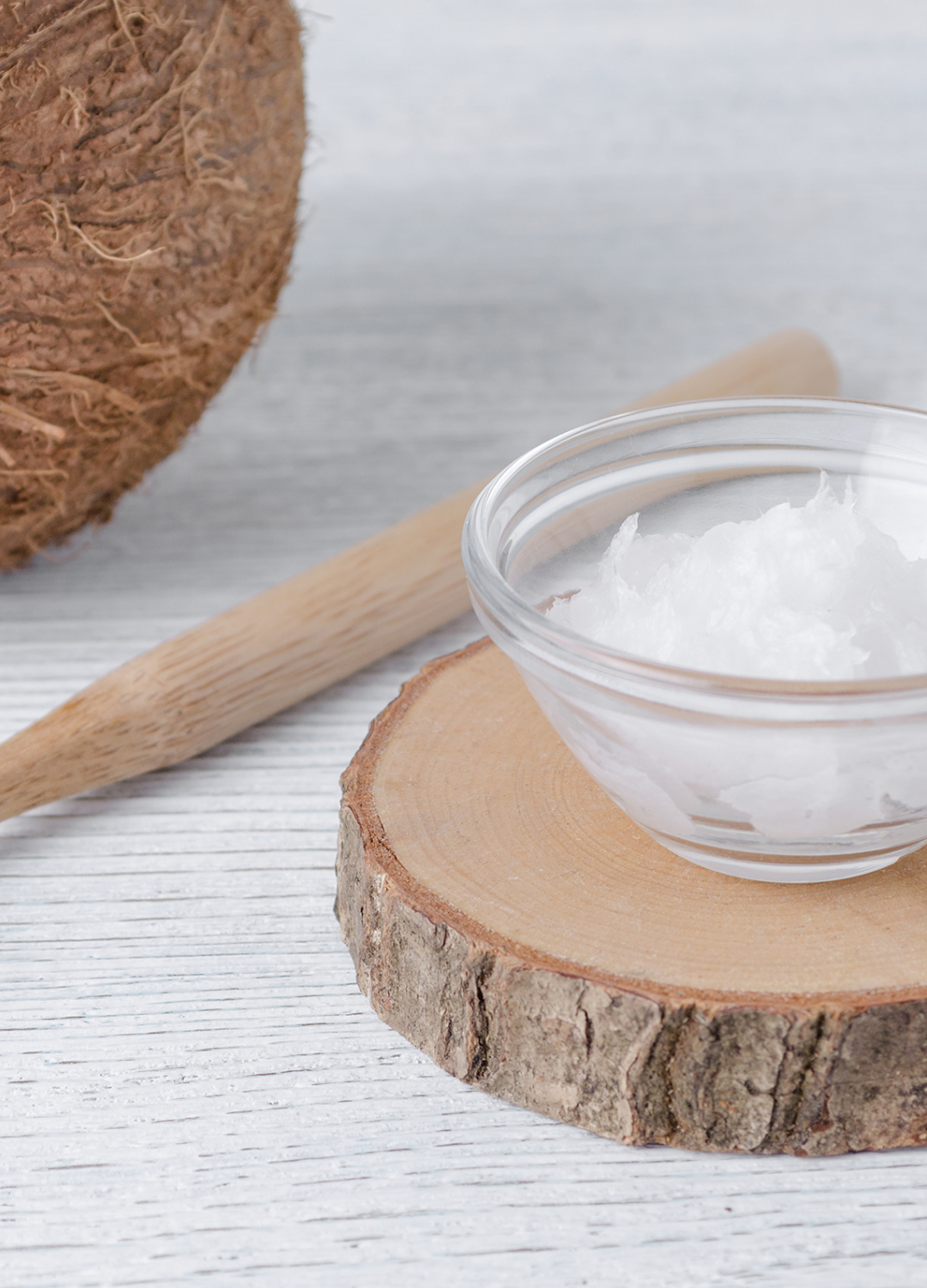
Oil pulling is essentially an alternative to mouthwash, where oil (typically coconut oil) is swished around the mouth and then spat out to remove toxins and promote better oral health.
Its origins date back to ancient Ayurvedic medicine in India (around 5,000 years ago!). However, it has seen a resurgence in recent years due to the rise of wellness influencers on social media.
Turkish Hammam
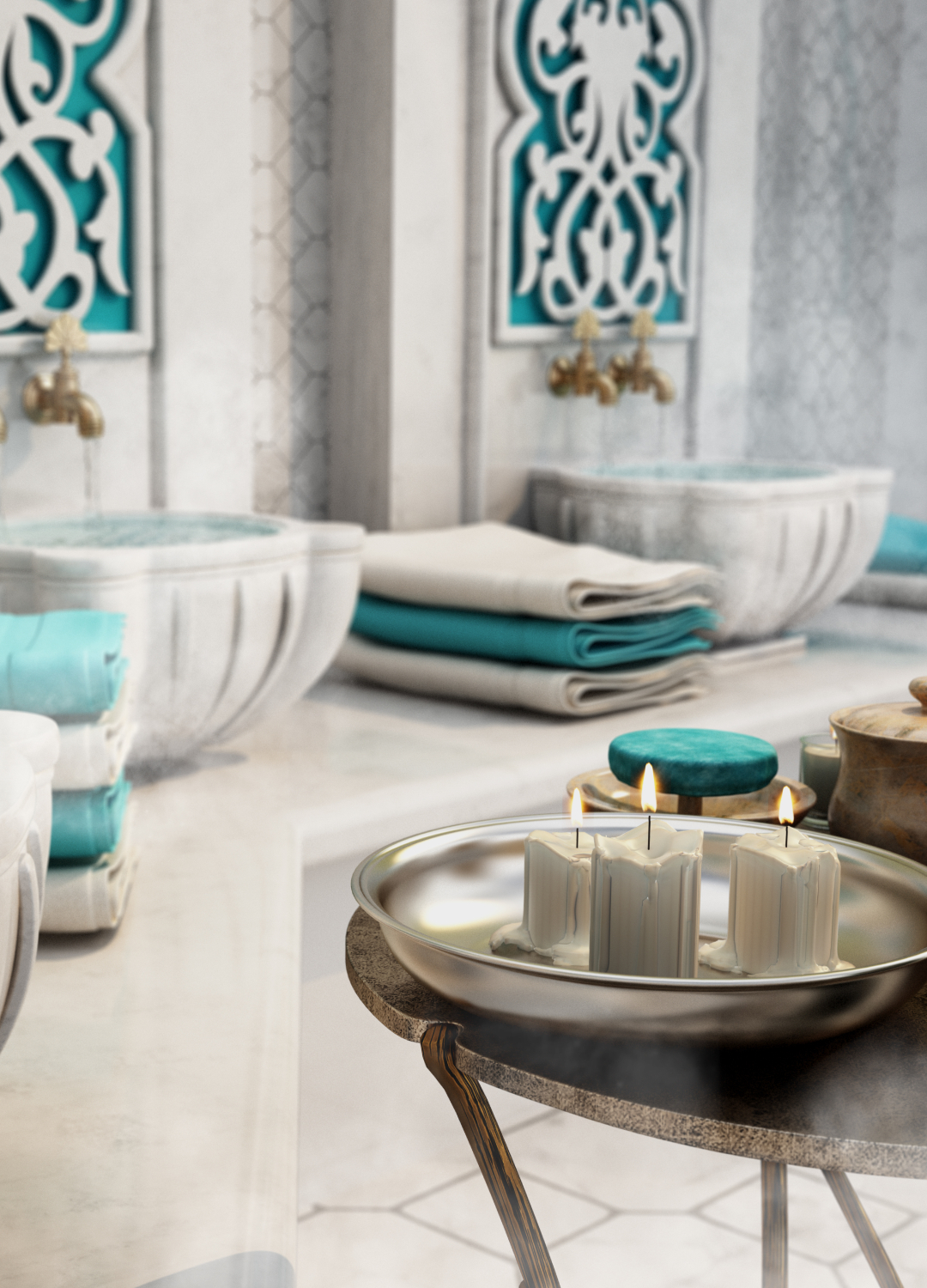
The Turkish hammam, or bathhouse, is a centuries-old tradition that involves soap, steam, and massage for a deeply cleansing and relaxing experience.
Turkish hammams we see today evolved from ancient Roman and Byzantine bathing traditions, which were usually a community experience.
Perenie (Banya)
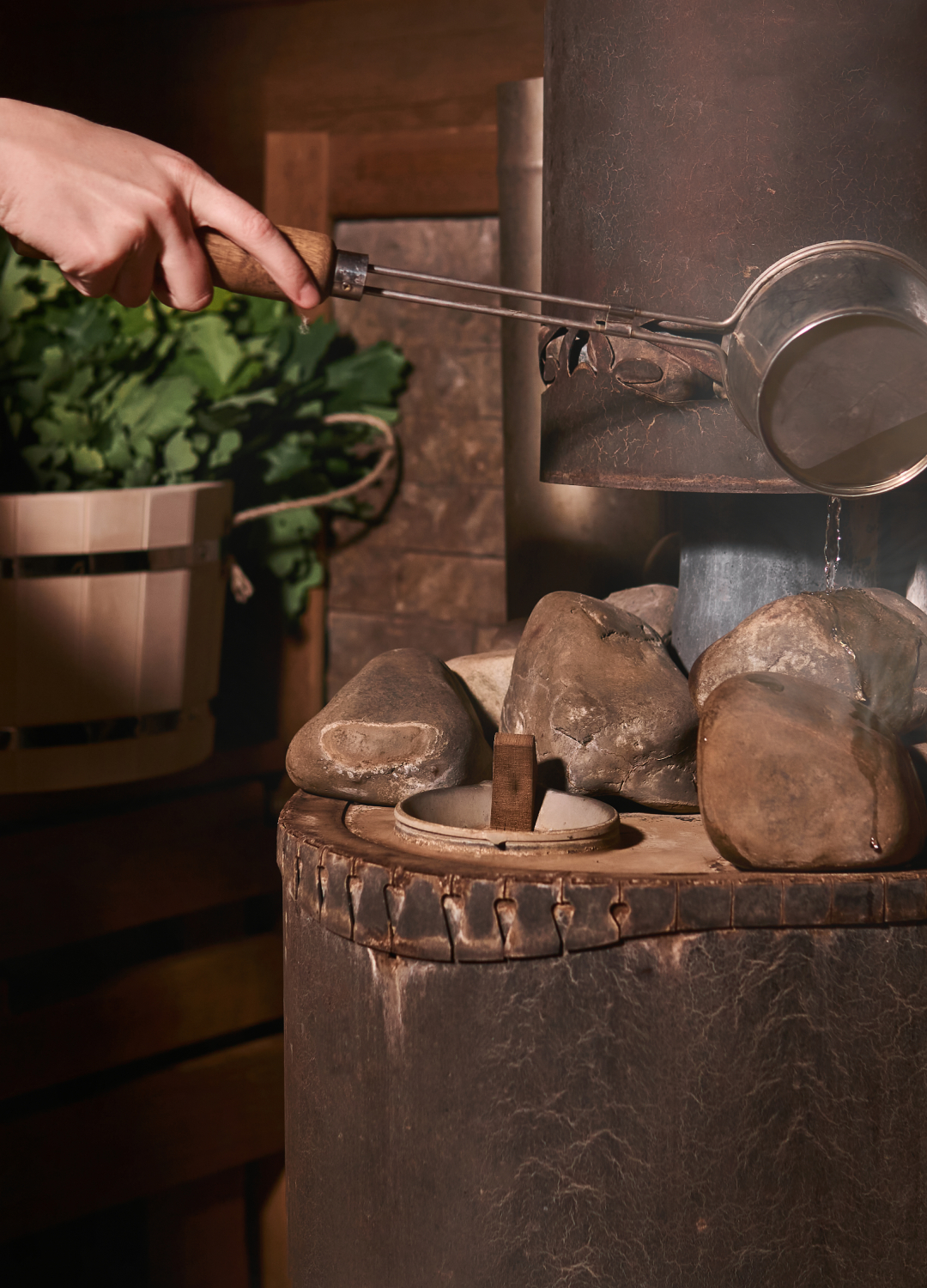
Perenie, also known as Russian banya, is an ancient Russian tradition that has seen a revival in cities across the UK. The ritual involves sitting in a heated steam room and then having the skin stimulated with venik (a bundle of leafy branches from birch, oak, or eucalyptus trees), followed by a cold plunge to conclude the experience.
Sound baths
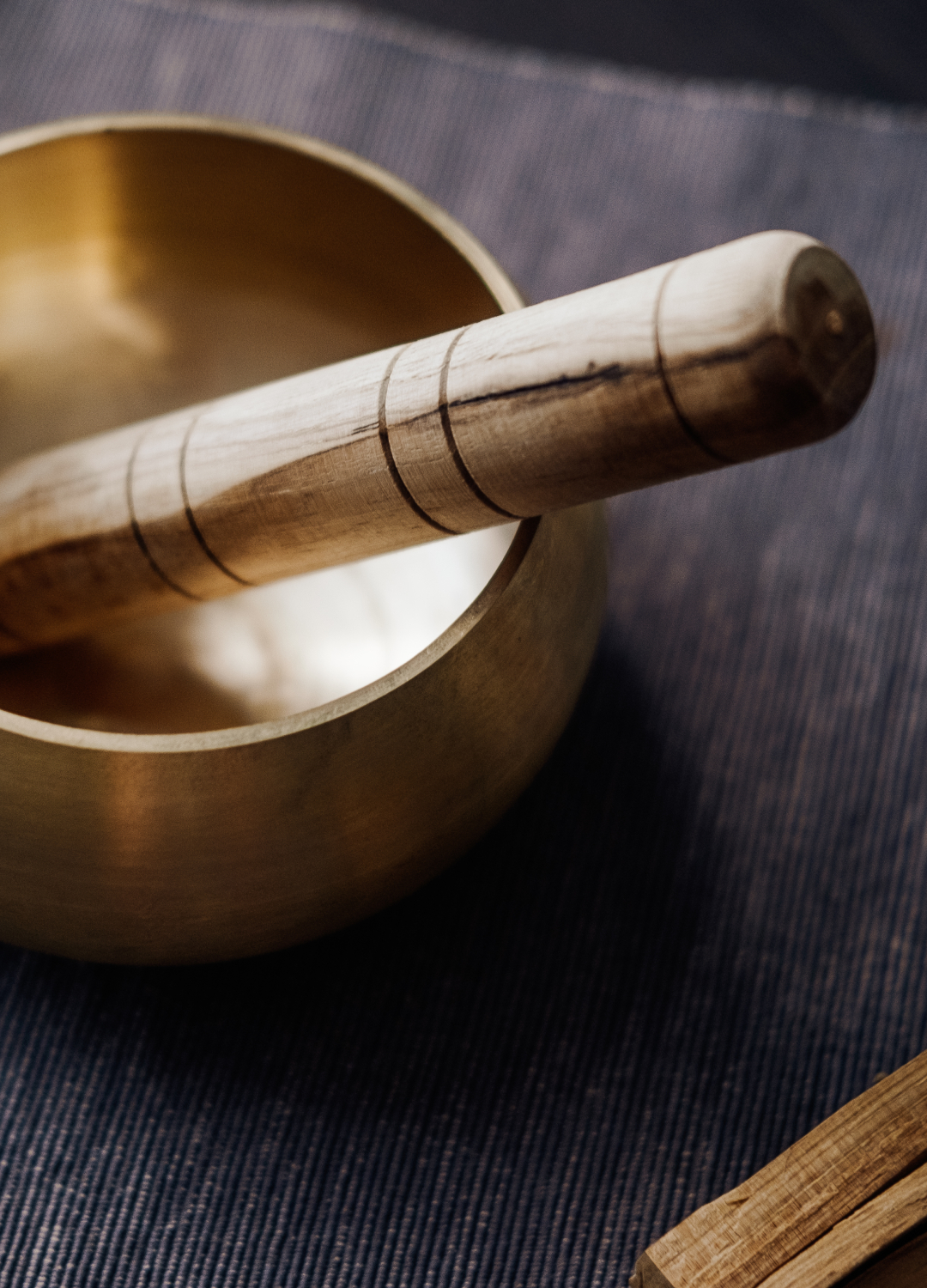
Sound baths are extremely popular as a wellness practice across the UK, but their origins date back to ancient Tibetan wellness practices.
The experience involves meditating while listening to the sounds of metal bowls producing vibrations; however, many modern variations on the practice incorporate vocals, rainforest sounds, and various gongs and instruments.
Meditation
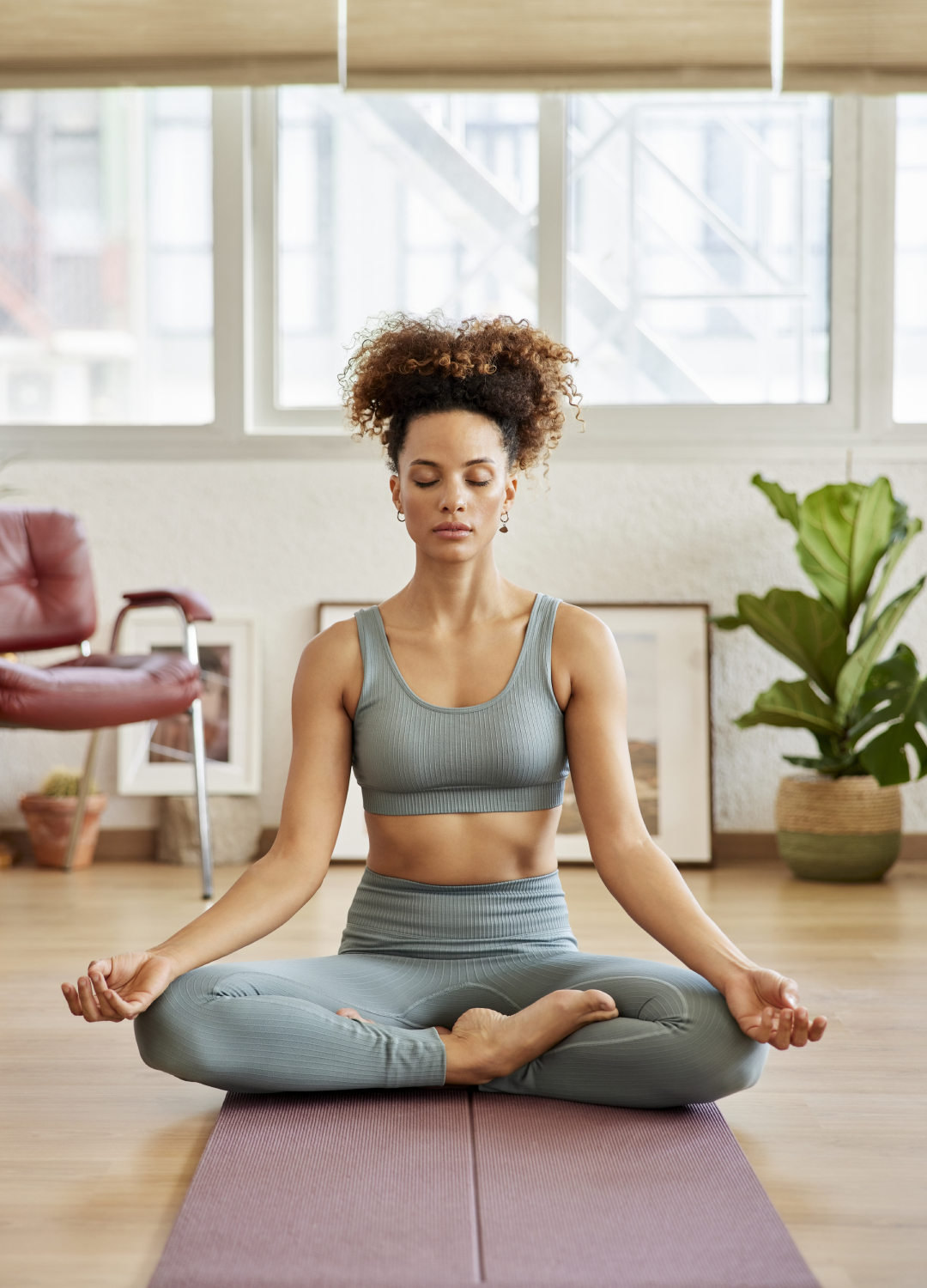
Meditation is one of the oldest known wellness practices, with its roots spanning countries worldwide, from India to China. The benefits of meditation, even if that means listening to a YouTube video for five minutes in the evening, are well-documented, linked to reduced stress, mental clarity, and better sleep.
Mindfulness involves bringing your attention to the present moment without judgment," Sarah Jones St John, founder of Grey Wolfe, tells us. "Engage in activities mindfully, such as enjoying a herbal tea, savouring the taste and aroma, or going for a walk and paying attention to the sights, sounds, and sensations around you."
Reiki
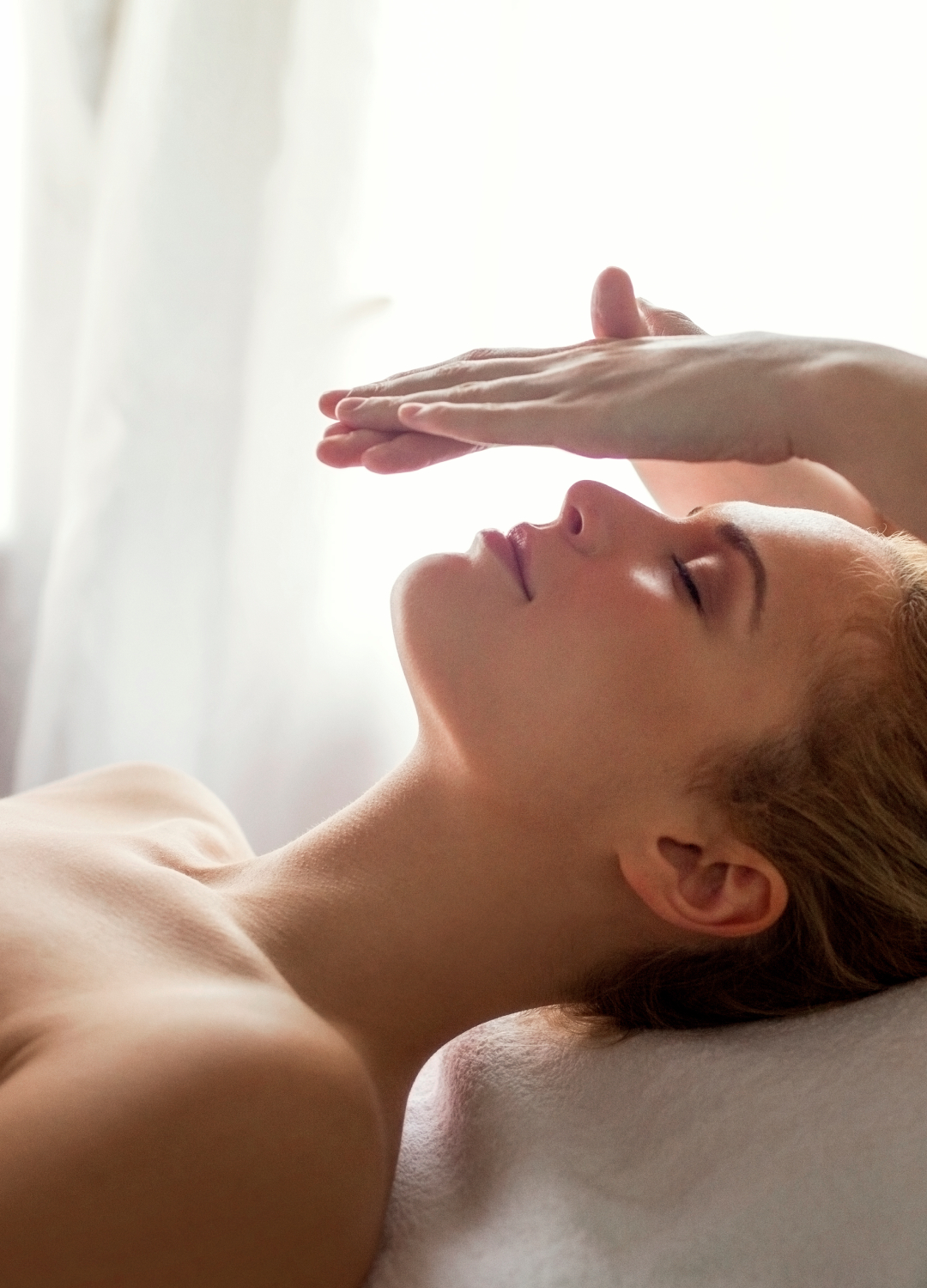
Reiki, which originated in ancient Japan, is a form of energy healing that helps to balance the body and restore mental clarity. During the treatment, Reiki practitioners don't touch the body, but channel energy through their hands to the recipient. It's a deeply relaxing experience and a popular treatment in modern times.
Thai massage
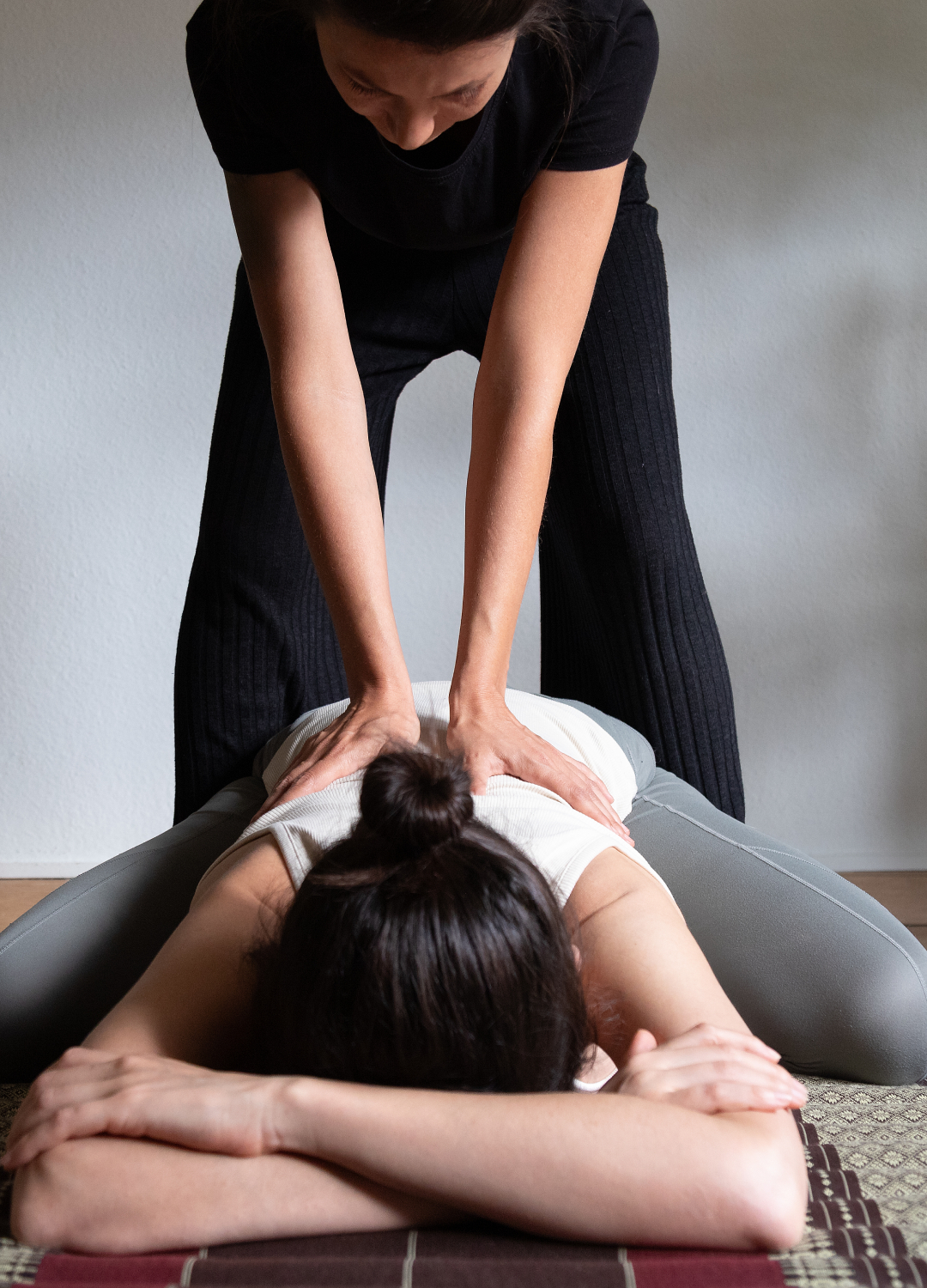
Thai massage differs from a typical hands-on massage used for relaxation, combining acupressure and assisted yoga postures. Its origins actually lie in India and Ayurvedic principles.
After World War II, the benefits of Thai massage became popular internationally, and it remains a signature treatment across spas in Asia, as well as many in Europe.
Finnish saunas
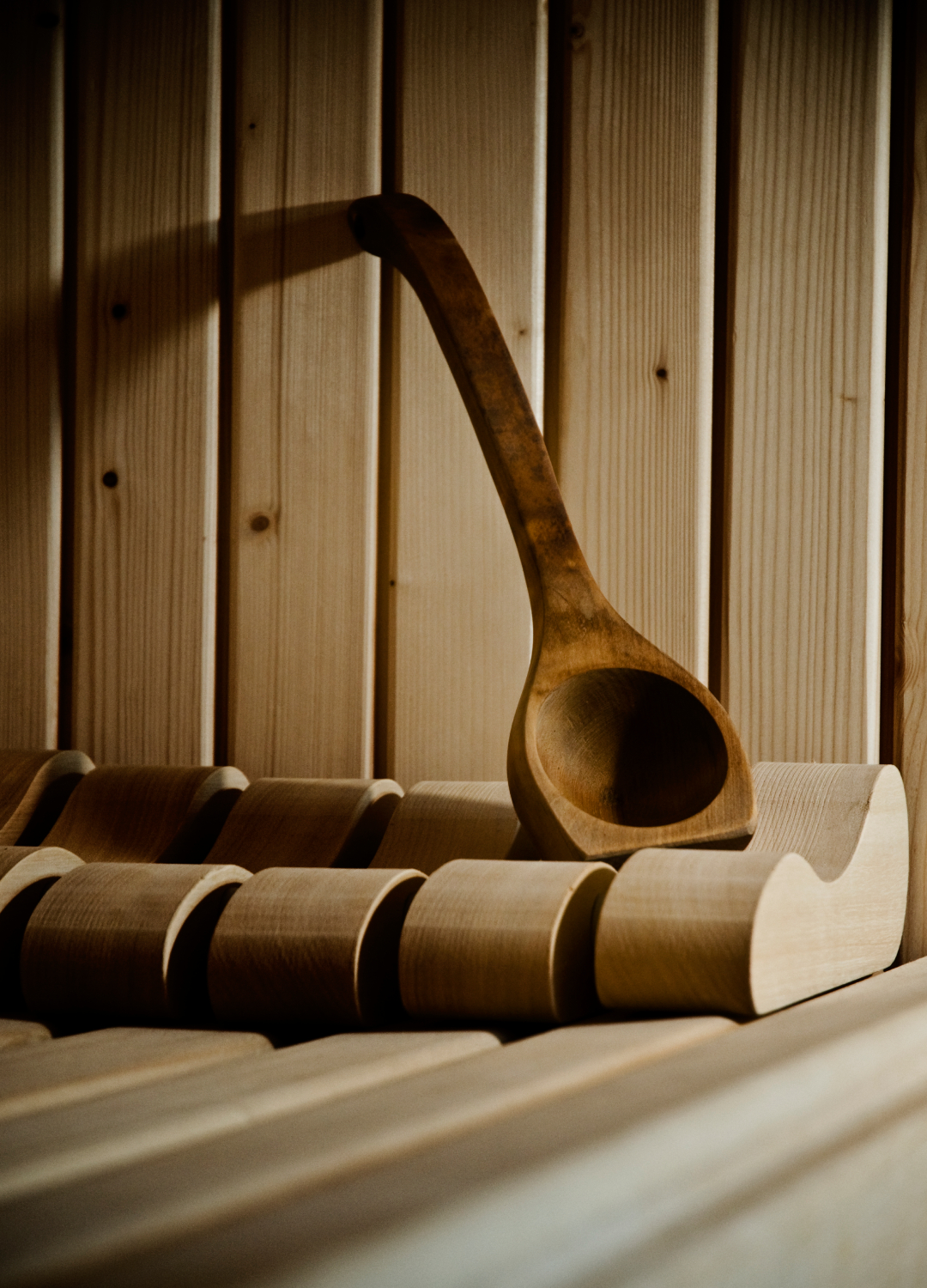
The Finnish sauna culture dates back thousands of years as a way to purify and cleanse the body. To this day, it's still an integral part of Finnish culture that's not only used to detoxify the body but also to create a sense of community.
With community saunas on the rise across the UK, it's easy to see how this concept is becoming an integral part of modern life in European culture as a whole.
Sweat lodges
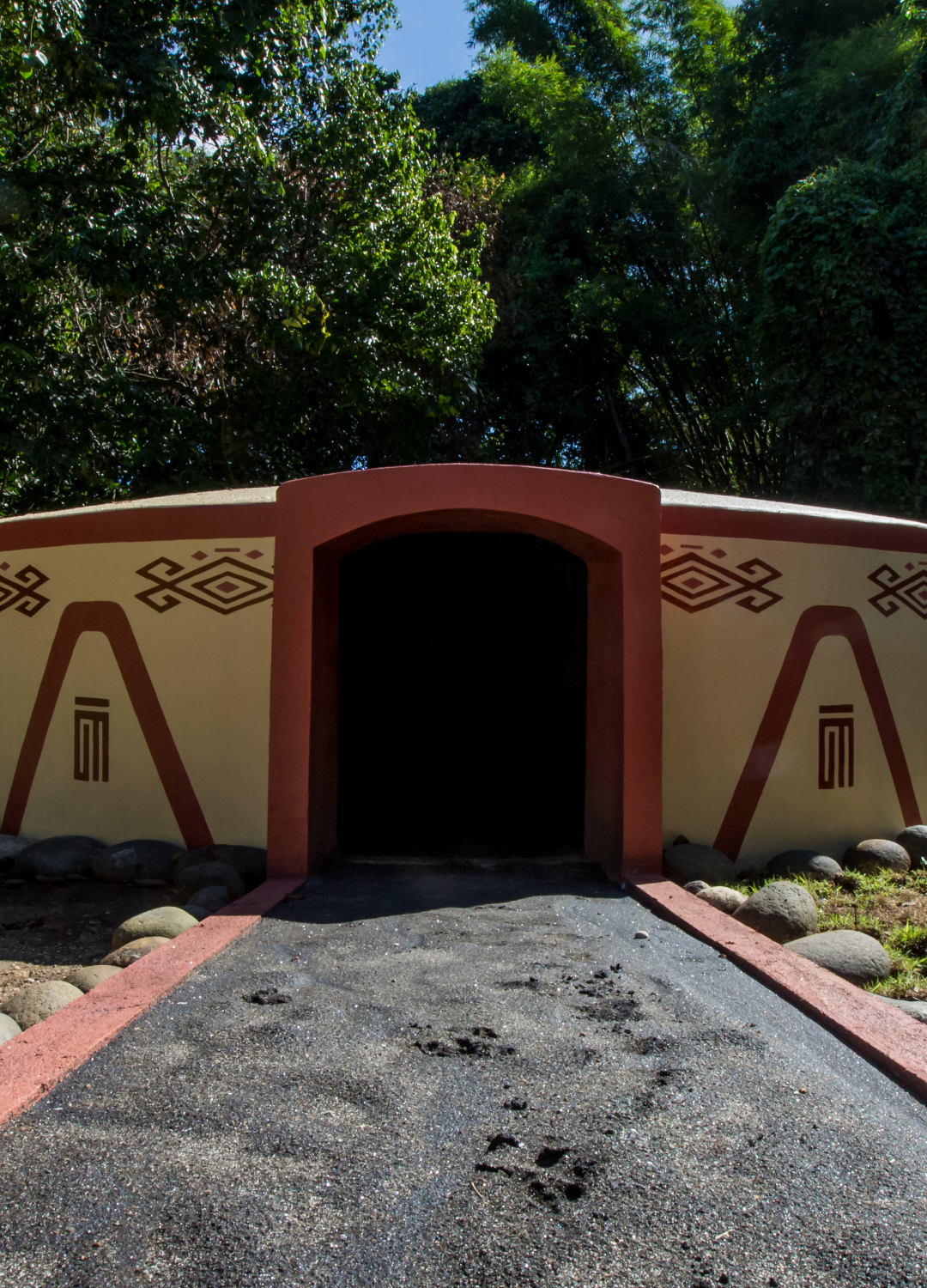
While this term isn't as widely known in the UK, sweat lodges are a big part of North American culture and a popular tourism driver in places such as Mexico. Sweat lodges have deep spiritual significance as well as health benefits. Maya healer and HOME therapist Roland Torikian told us how they can be combined with hot springs (or cold-water immersion, depending on where you are in the world) for full health benefits.
"After a long week of treating clients, house blessings and sweat lodges, every Sunday I would spend the morning at the local hot springs in the glorious mountainous desert, to relax my body, process my emotions and clear my mind," he told us of his experience.
Swedish massage
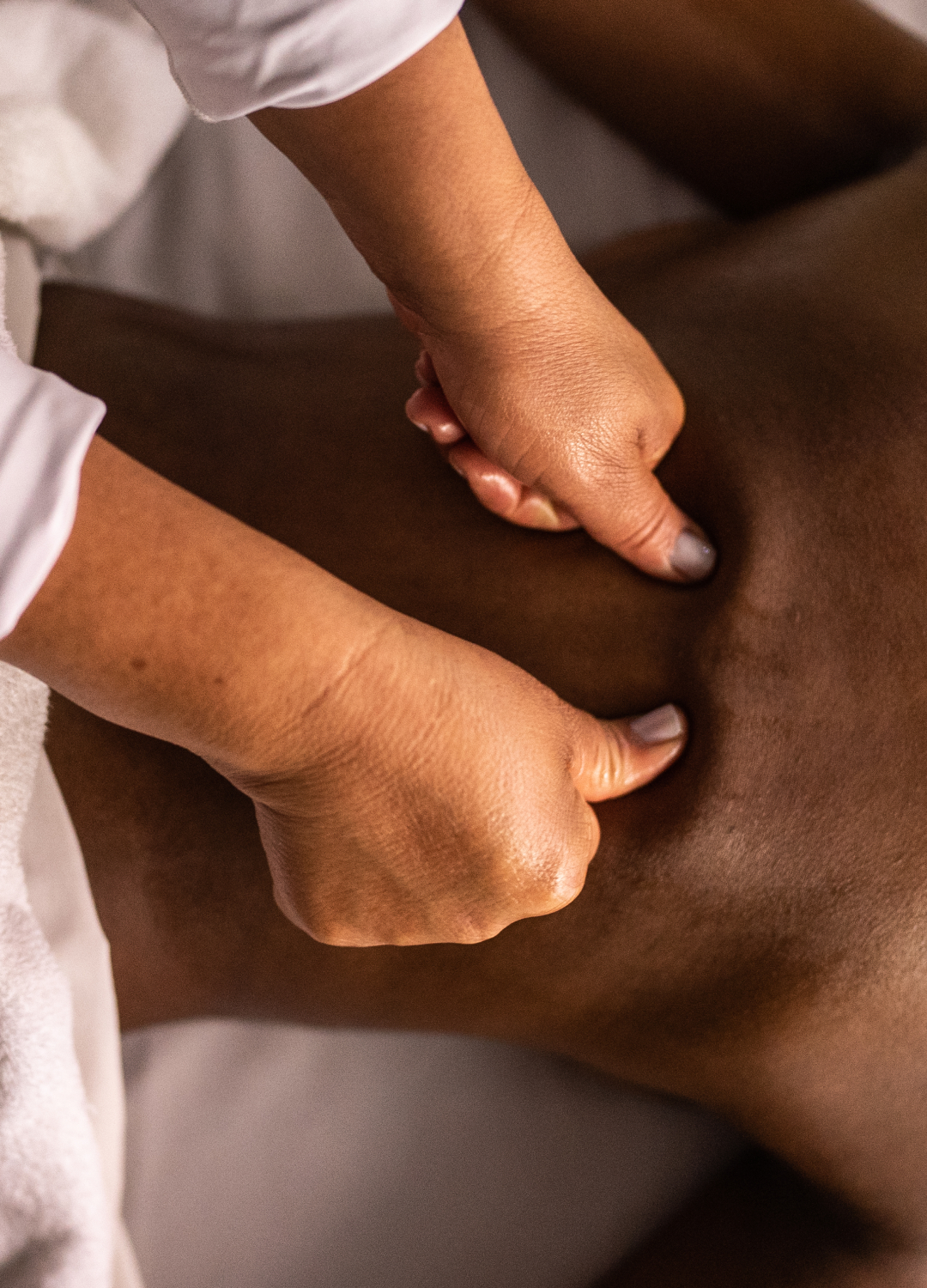
Swedish massage can be credited to the work of Per Henrik Ling in Sweden in the 19th Century, though the roots of the practice date back to ancient times.
Swedish massage is typically a firm yet relaxing massage that helps to aid muscle relaxation, circulation, and manage stress.
Jade rollers
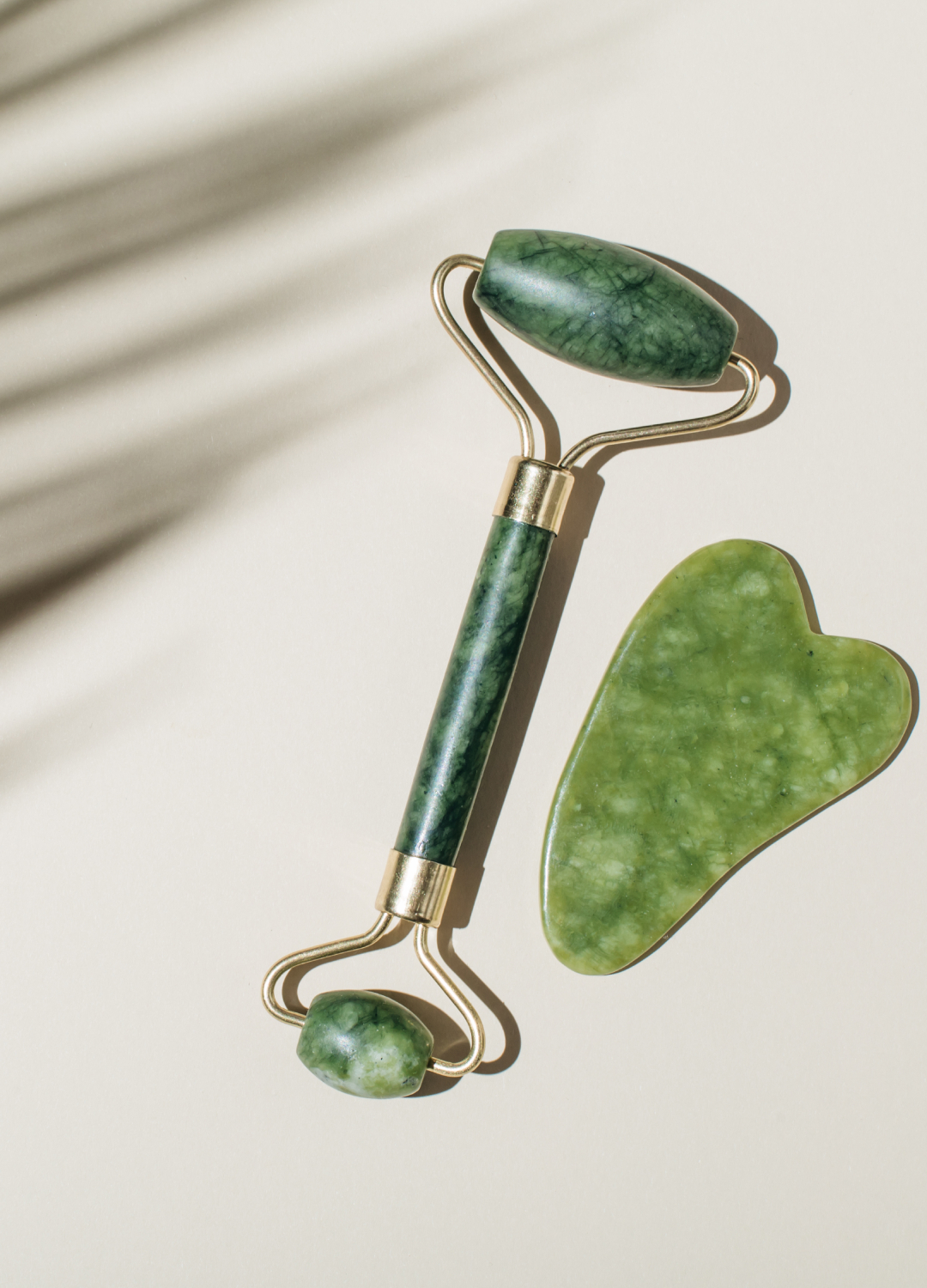
Like Gua Sha, the use of Jade rollers dates back to ancient Chinese culture. The Jade stone is believed to have healing properties linked to purity and is thought to help balance the chi (the body's energetic force in Chinese culture).
Nowadays, it is used by many as a way to stimulate blood flow and aid detoxification by rolling the tool on the face.
Wild swimming
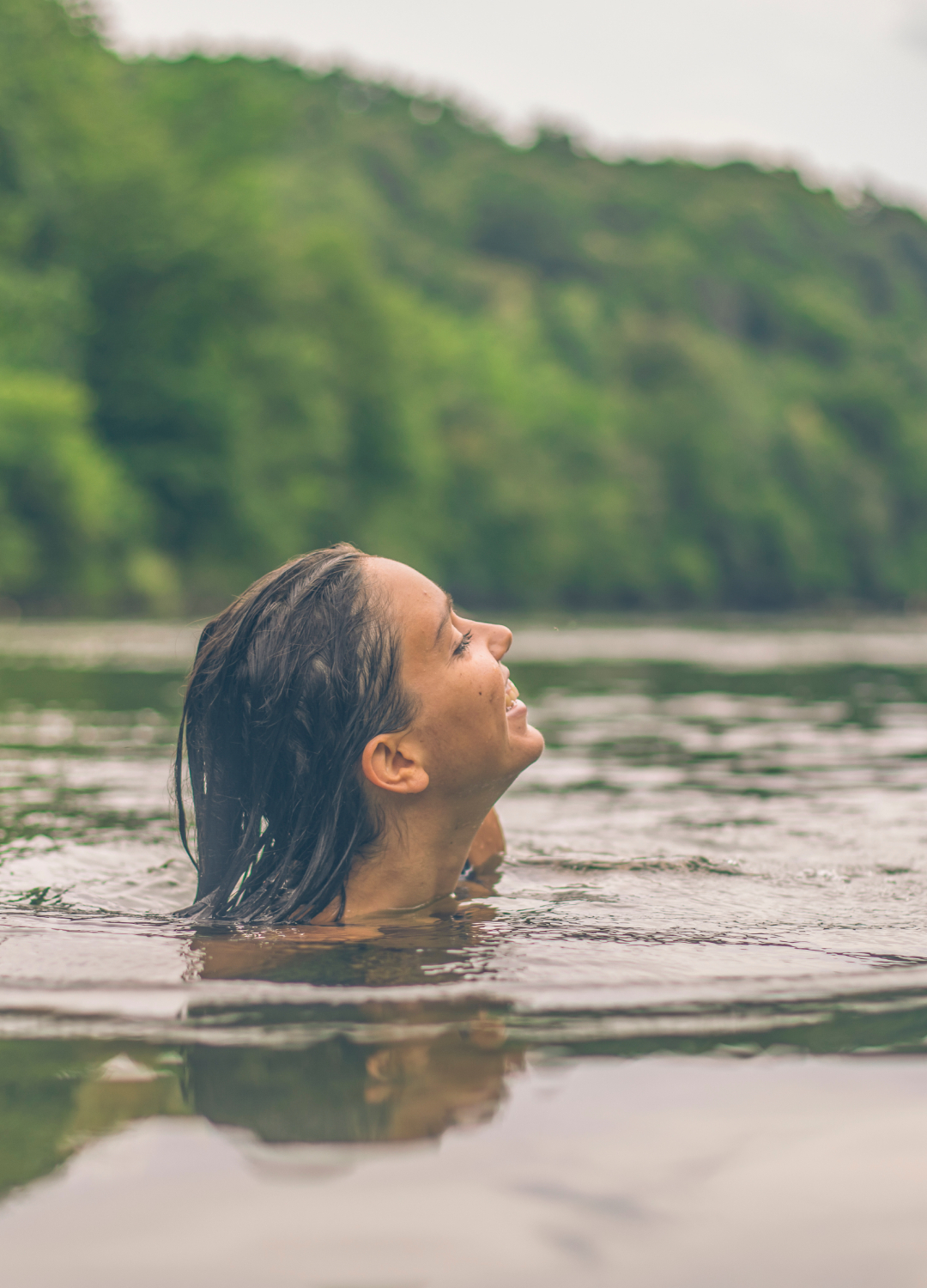
Wild swimming has all the benefits of cold-water immersion with the advantages of eco-therapy.
Cave paintings from prehistoric Egypt around 7,000 years ago are some of the earliest depictions of wild swimming, with the activity believed to have mental benefits as well as being a beneficial physical sport.
Hot stone massage

A massage using heated stones is no new concept, though it has seen a resurgence of popularity in Western spas since the '90s.
This ancient technique not only aids relaxation but is also thought to help soothe the nervous system, loosen tight muscles, and reduce inflammation.
Ice baths
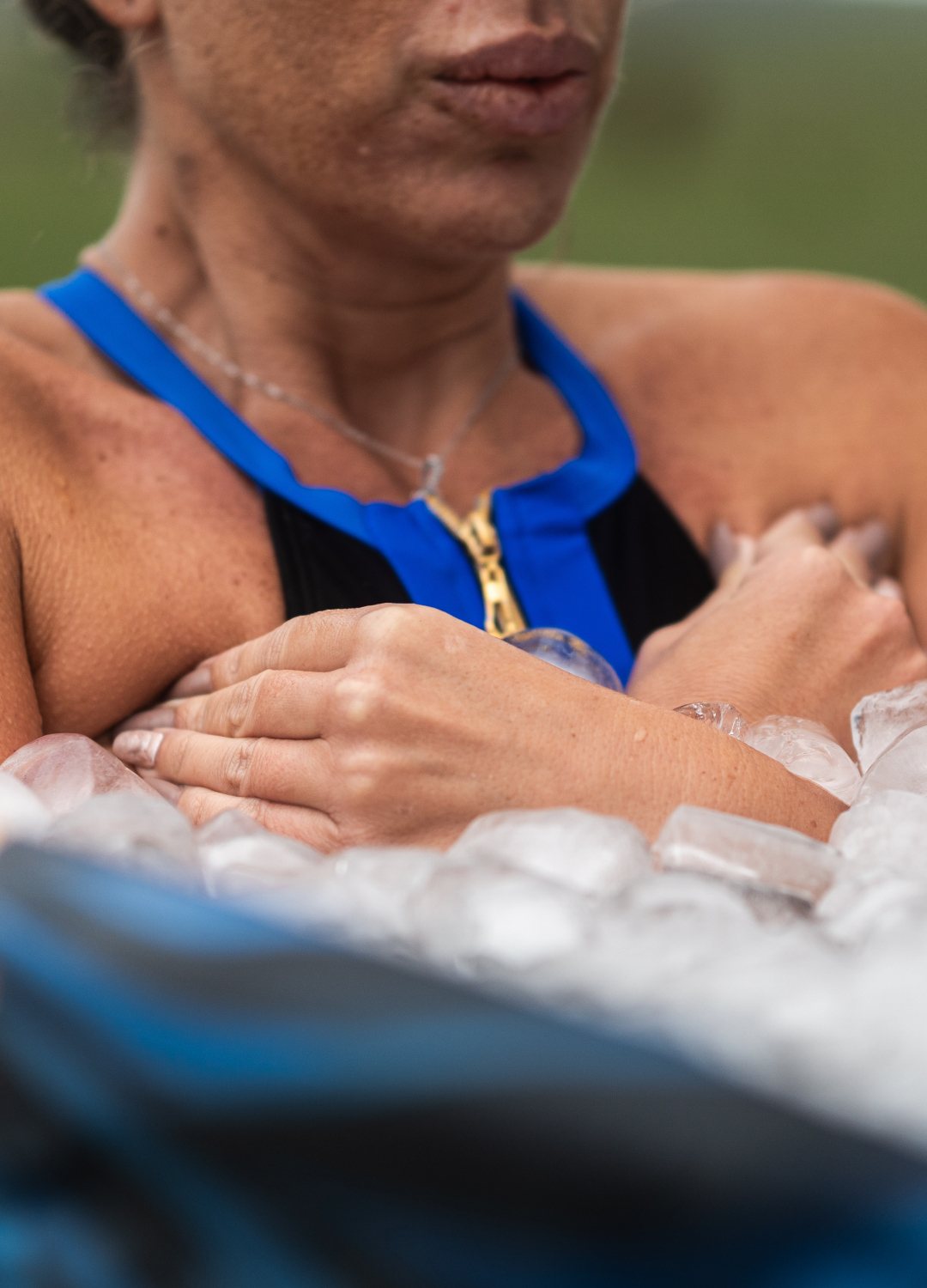
Ice baths, as daunting as they sound, are a very popular wellness technique today, often coupled with a sauna session for contrast therapy.
Athletes in Ancient Greece originally used cold water immersion to help reduce inflammation and ease muscle pain.
Herbal medicine
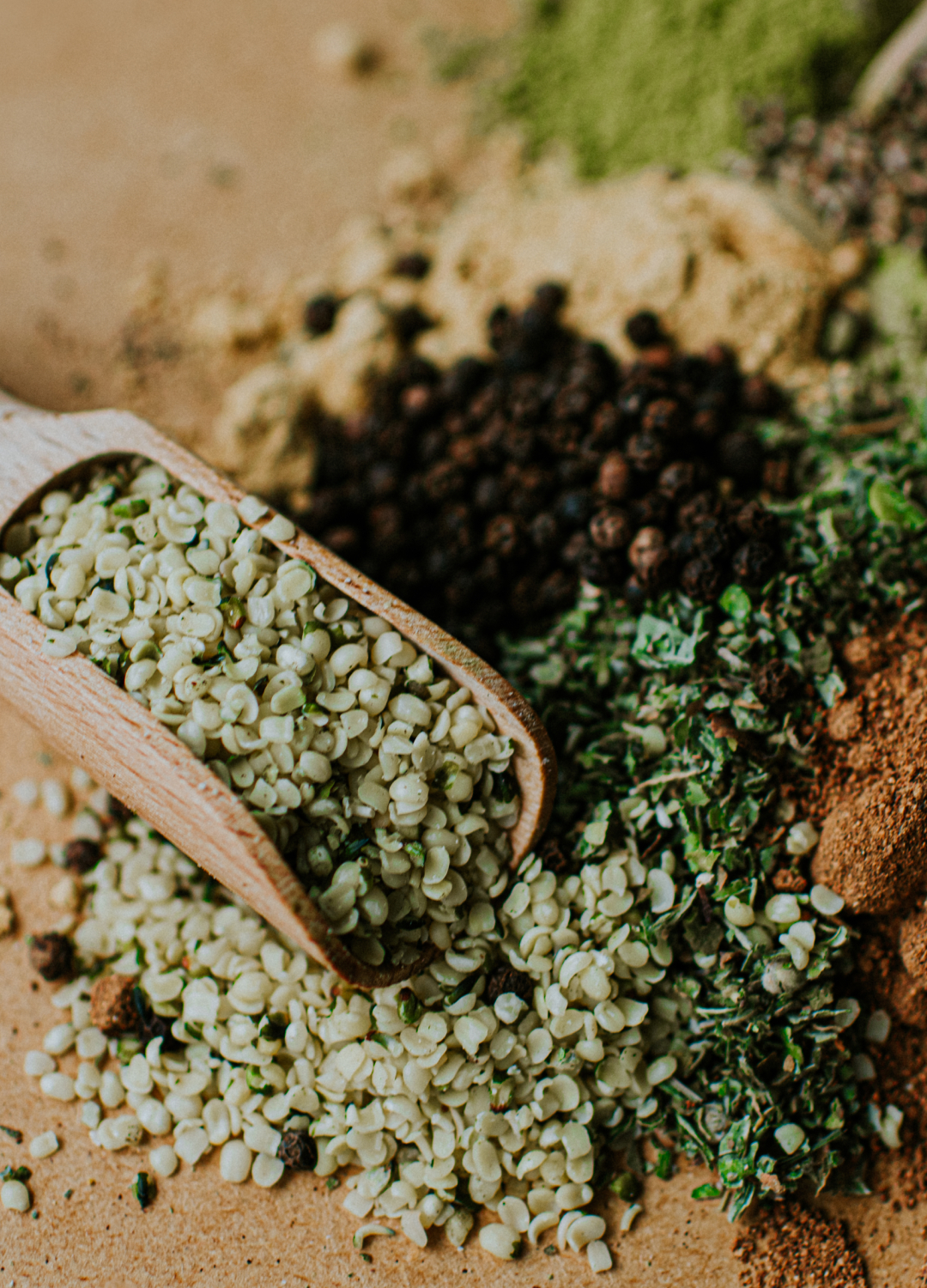
Herbal medicine has been around for centuries but is now more popular than ever, thanks to a return to holistic health. This can partially be attributed to the influence of social media, but also our growing understanding of historical medical techniques and other cultures.
Herbal teas are a popular way to tap into this trend.
Acupuncture
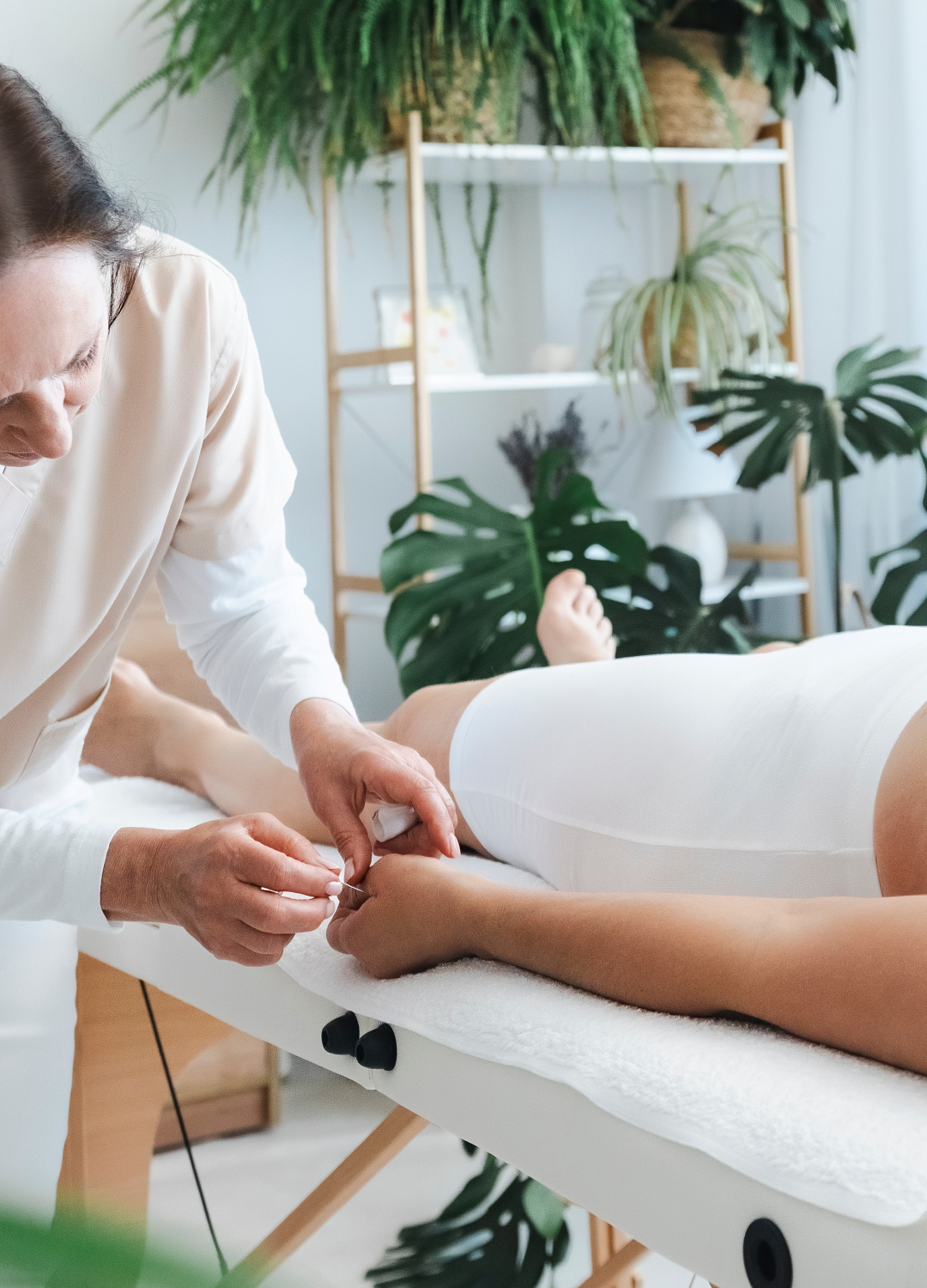
Acupuncture is an ancient Chinese medical technique in which needles are carefully inserted into specific points on the body to balance the flow of energy (known as 'qi').
Nowadays, acupuncture is thought to help with a whole host of ailments, from sleep to fertility.
Yoga nidra
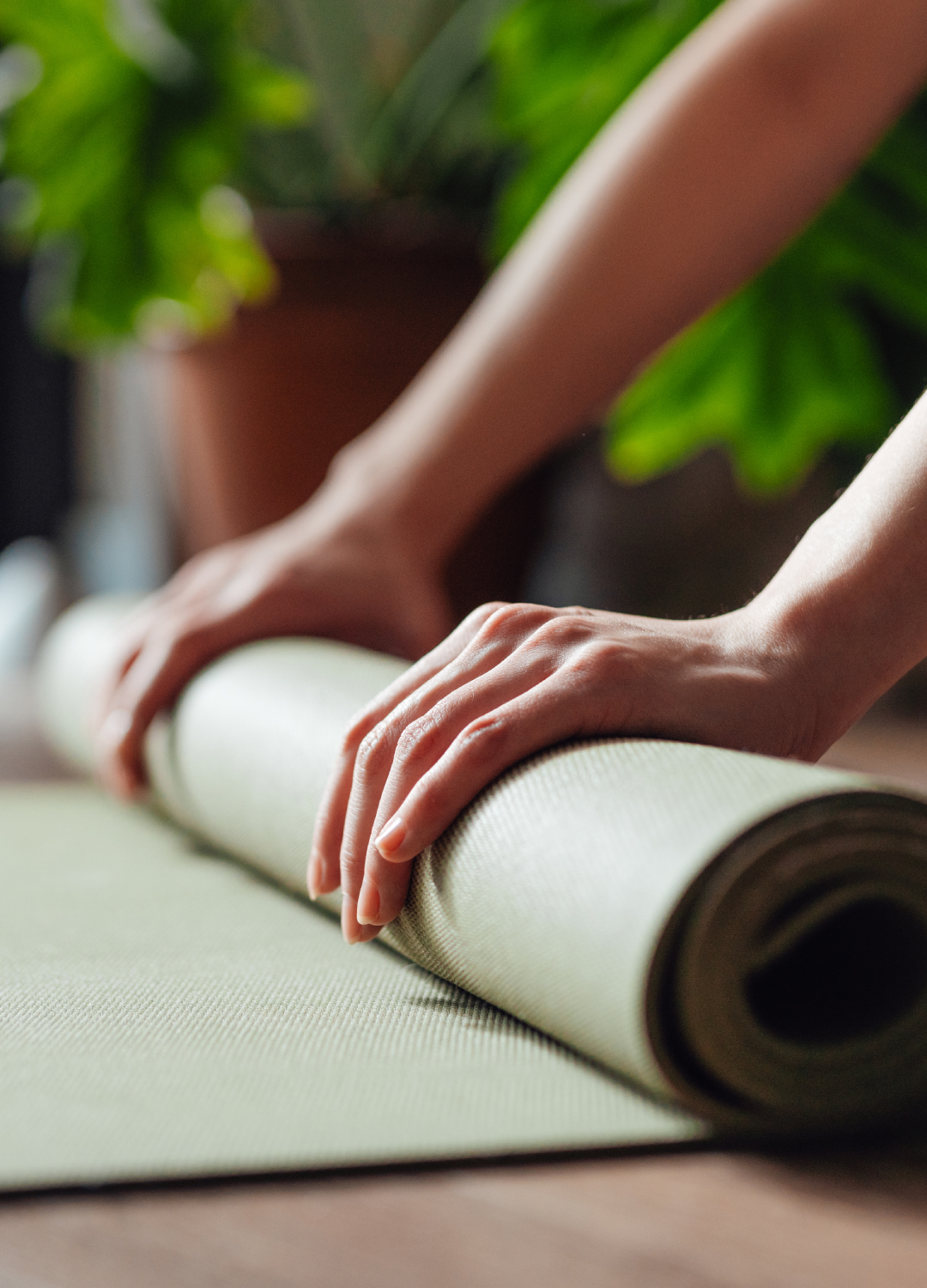
Yoga Nidra can be linked back to ancient Indian yoga practices, which focus on deep relaxation and exploring the subconscious mind. Nowadays, Yoga Nidra is a popular exercise class in the UK, drawing on these ancient philosophies. The practice is believed to reduce stress and anxiety, improve sleep quality, and regulate hormone levels.
Yin yoga
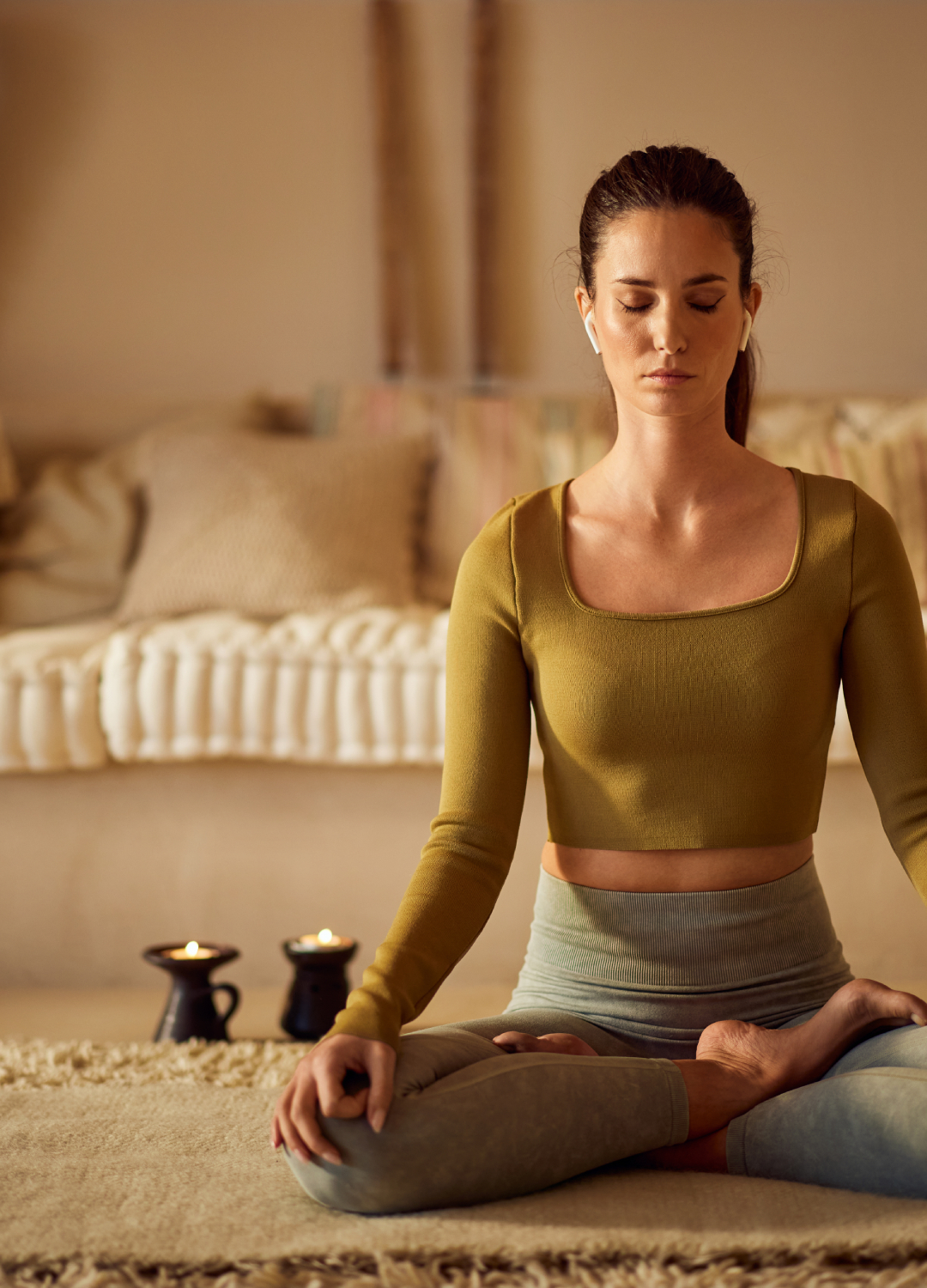
Similar to Yoga Nidra, Yin Yoga focuses on helping the body get into a deep state of relaxation through gentle poses. Yin yoga is a slow-paced style of yoga that involves holding poses for approximately three to five minutes to experience the benefits of each posture fully.
Yin has become popular among yogis worldwide for those seeking a less dynamic flow.
Kneipp therapy
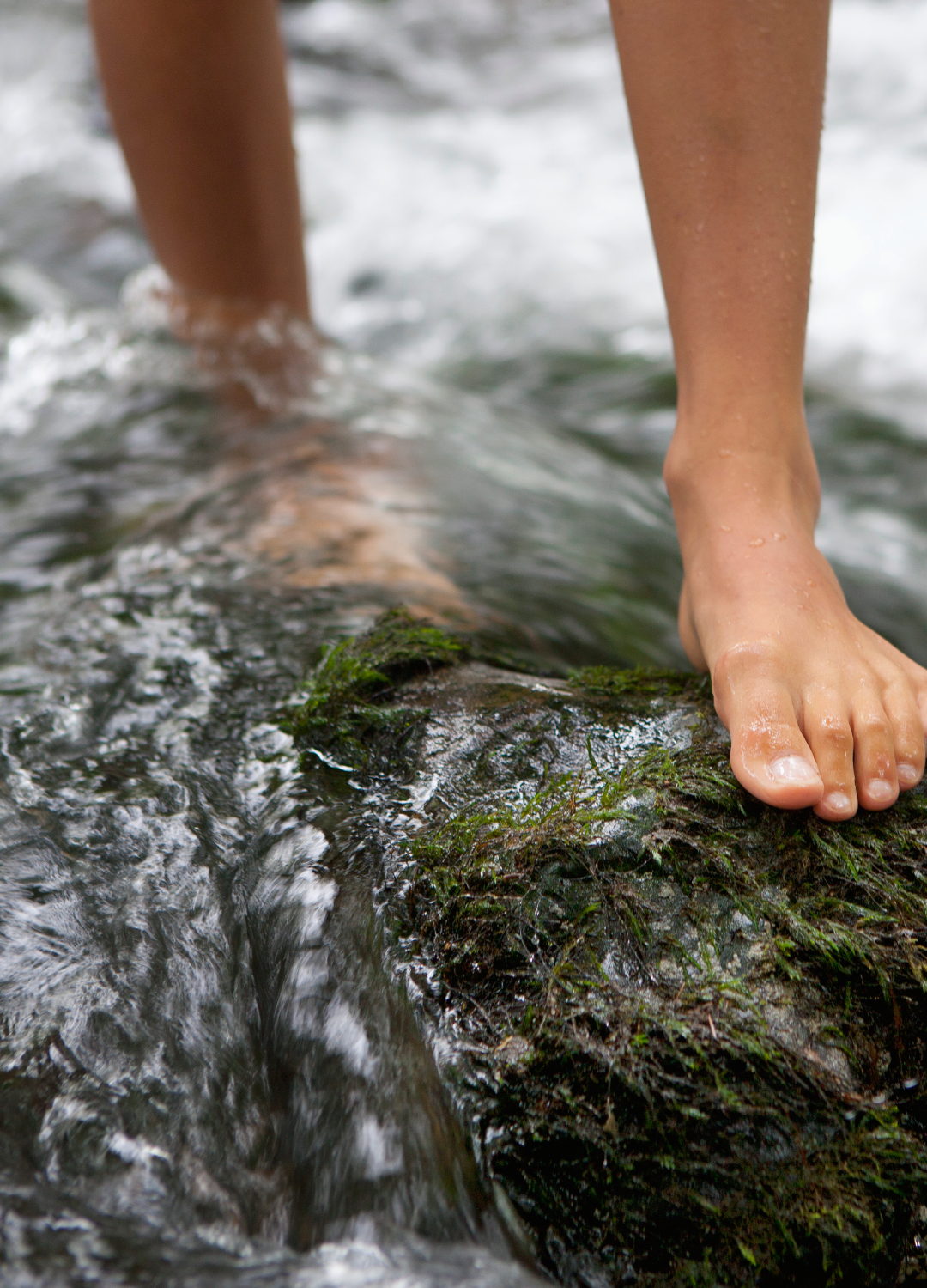
Originating from Germany, Kneipp therapy is a form of hydrotherapy that can be practised while spending time in nature. The original concept was developed by Sebastian Kneipp, a Bavarian priest, in the 19th century, and equates the ritual with boosting the immune system and stimulating the body through cold-water immersion in nature.
Tai Chi
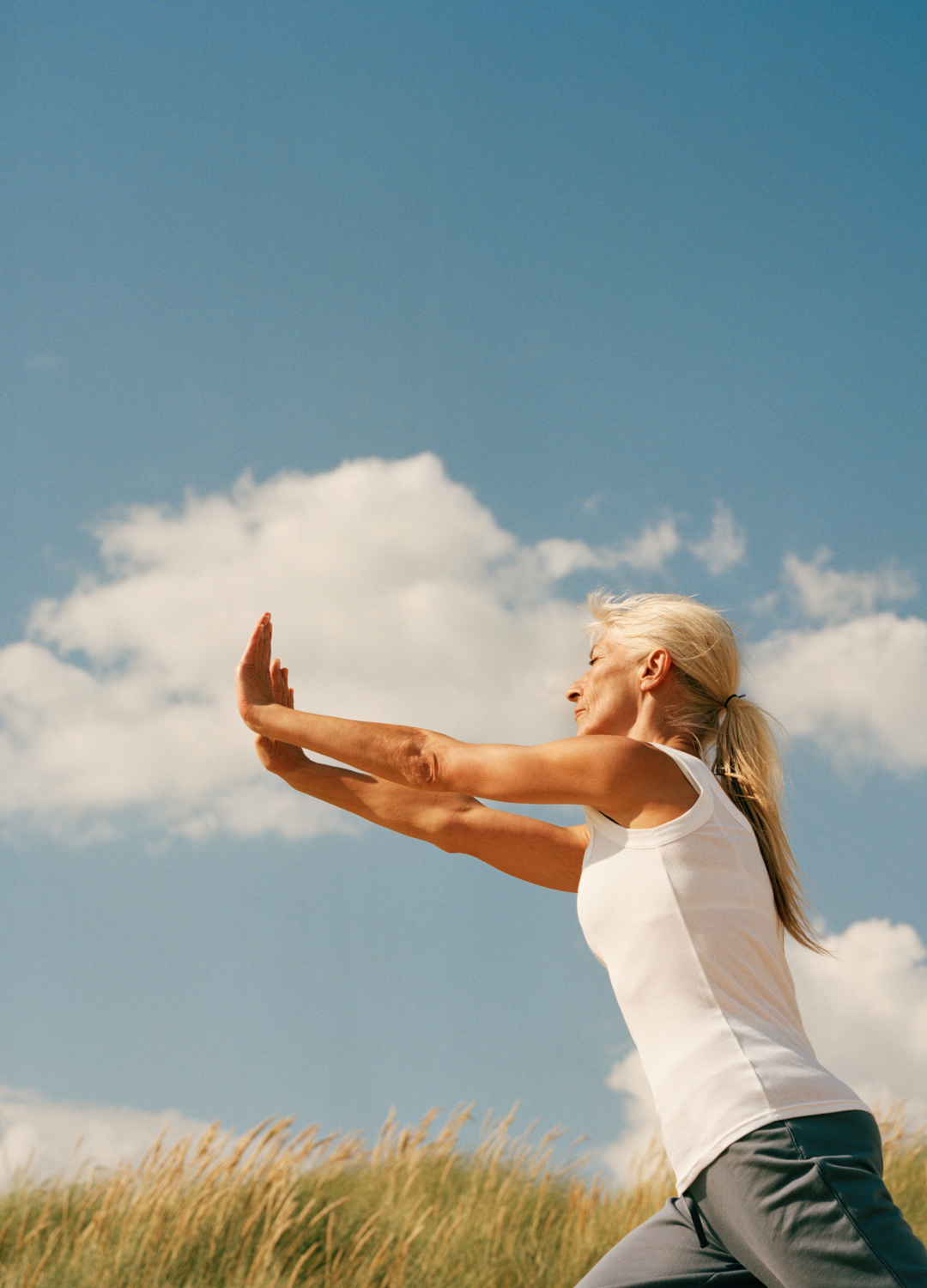
Tai Chi is an ancient Chinese martial art that was first recorded in the 17th century, although its origins are thought to extend much further back.
It is a meditative practice that involves slow movements incorporating martial arts techniques, and remains a widespread practice in studios today, whether in a dedicated class or as part of a broader fitness or meditation experience.
Ayurveda
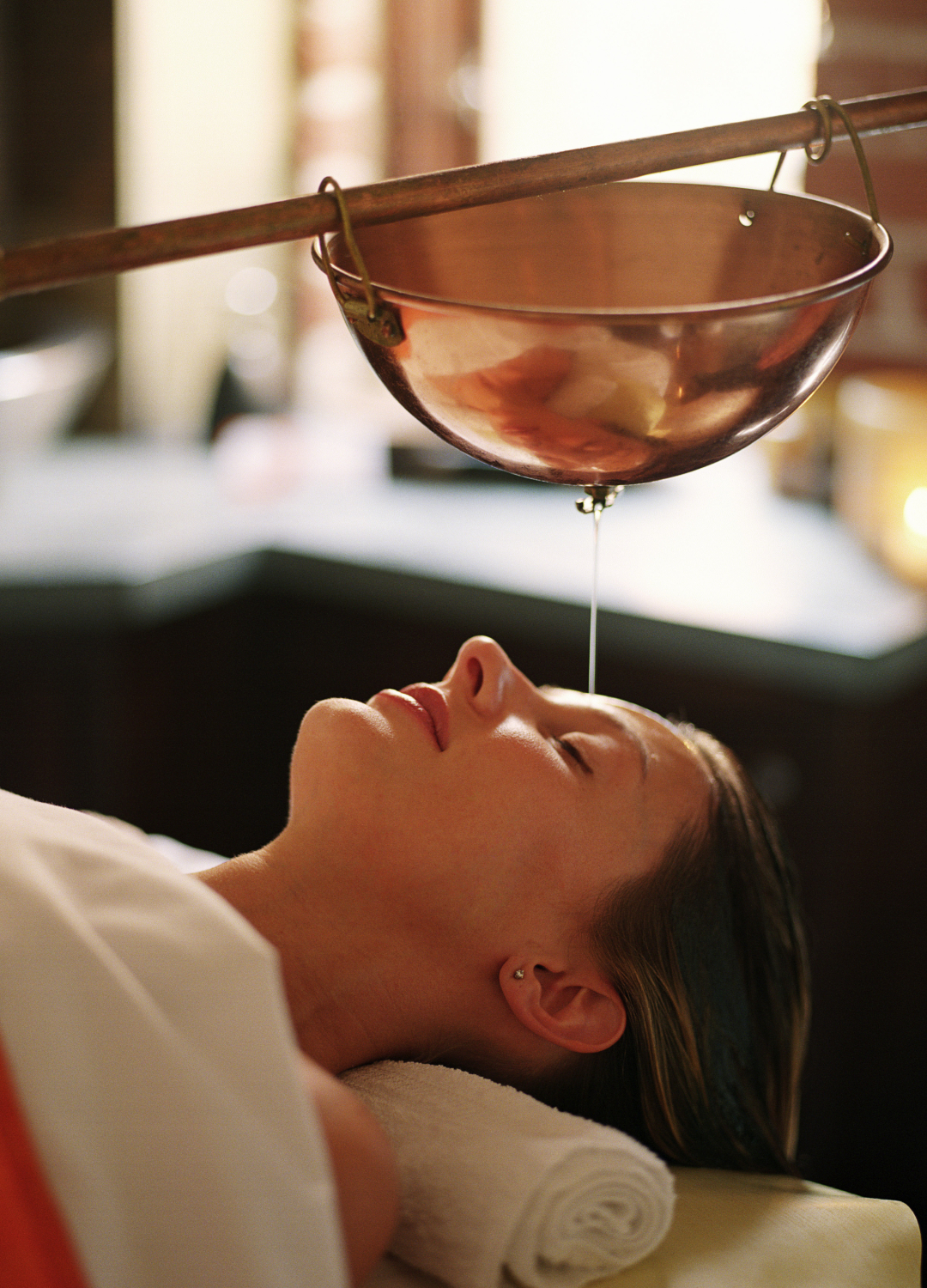
The practice of Ayurveda as a way of life has gained popularity in recent years.
Ayurveda is one of the world’s oldest holistic healing systems, originating in ancient India around 5,000 years ago in the Indian state of Kerala. Ayurveda is based on the concept that humans have different constitutions and should tailor diets, lifestyles, and massages to suit individual needs.
"Ayurveda - a Sanskrit word that translates to 'the science of life' - is one of the world’s oldest holistic healing systems, with origins dating back over 5,000 years," Wellness Expert & Co Founder of Spa Ceylon, Shalin Balasuriya. "This ancient wisdom is rooted in the understanding that every individual possesses a unique pattern of energy, known as a dosha, which governs physical, mental, and emotional characteristics.
"Ayurveda teaches that true wellness is achieved when the mind, body, and soul are in perfect harmony. Rather than merely addressing symptoms, it seeks to treat the root cause of imbalance, whether in the body or the mind."
An Ayurvedic body ritual is a typical treatment, Shalin explained: "This indulgent full-body experience is designed to restore harmony to the body, mind, and spirit. It begins with a relaxing herbal foot bath and a tranquillity forehead massage, followed by an exfoliating back rub and an extended full-body massage using therapeutic balms and a warm herbal compress."
Ashwagandha
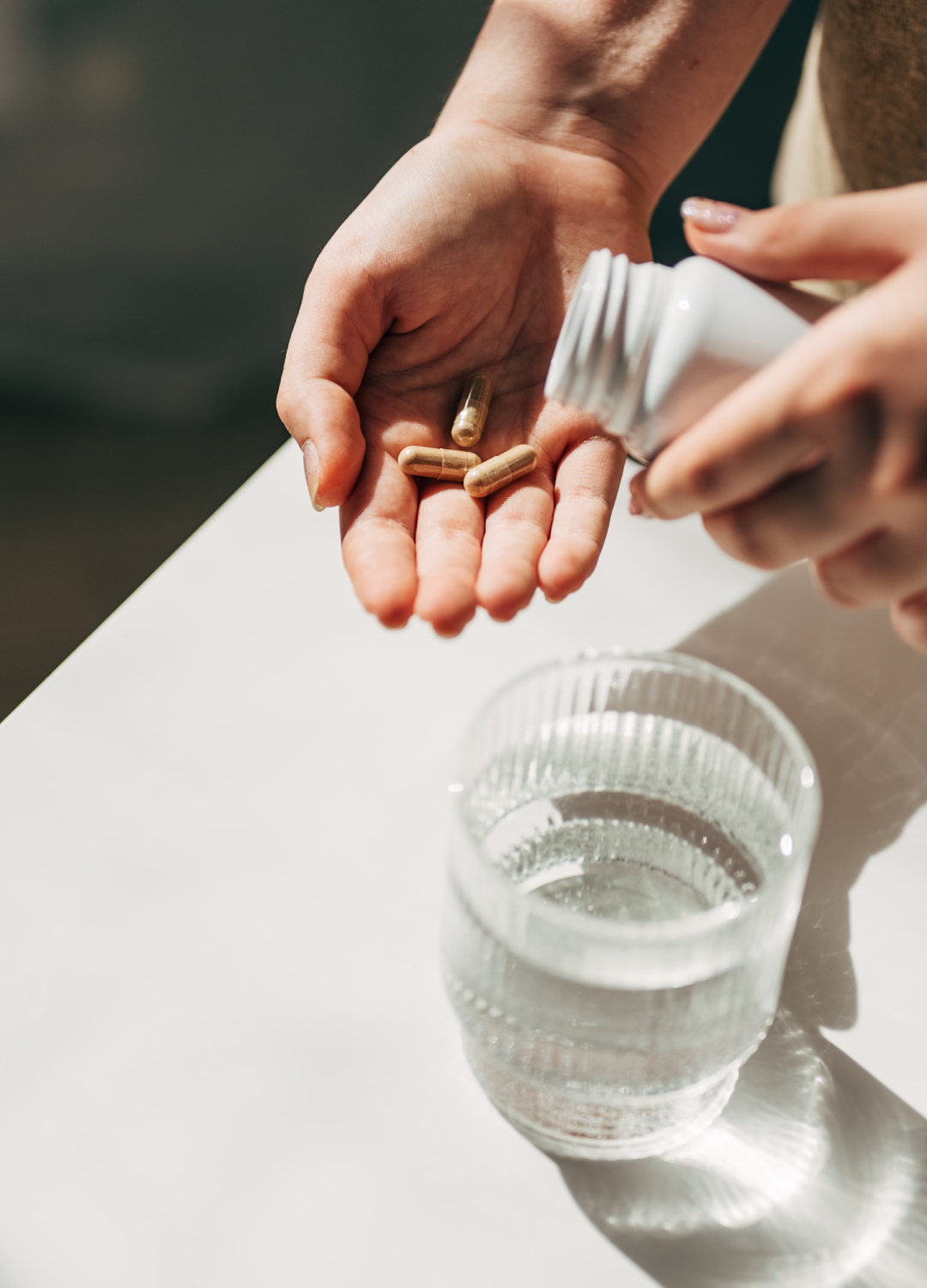
Ashwagandha is an adaptogen that helps with stress and hormonal balance, with its roots in herbal medicine, derived from an ancient medicinal herb native to India and Africa.
Although this ancient herbal remedy has been around for thousands of years, it has recently experienced a resurgence in popularity as a supplement, which is thought to be particularly beneficial in balancing cortisol levels.
Pranayama (breath control)
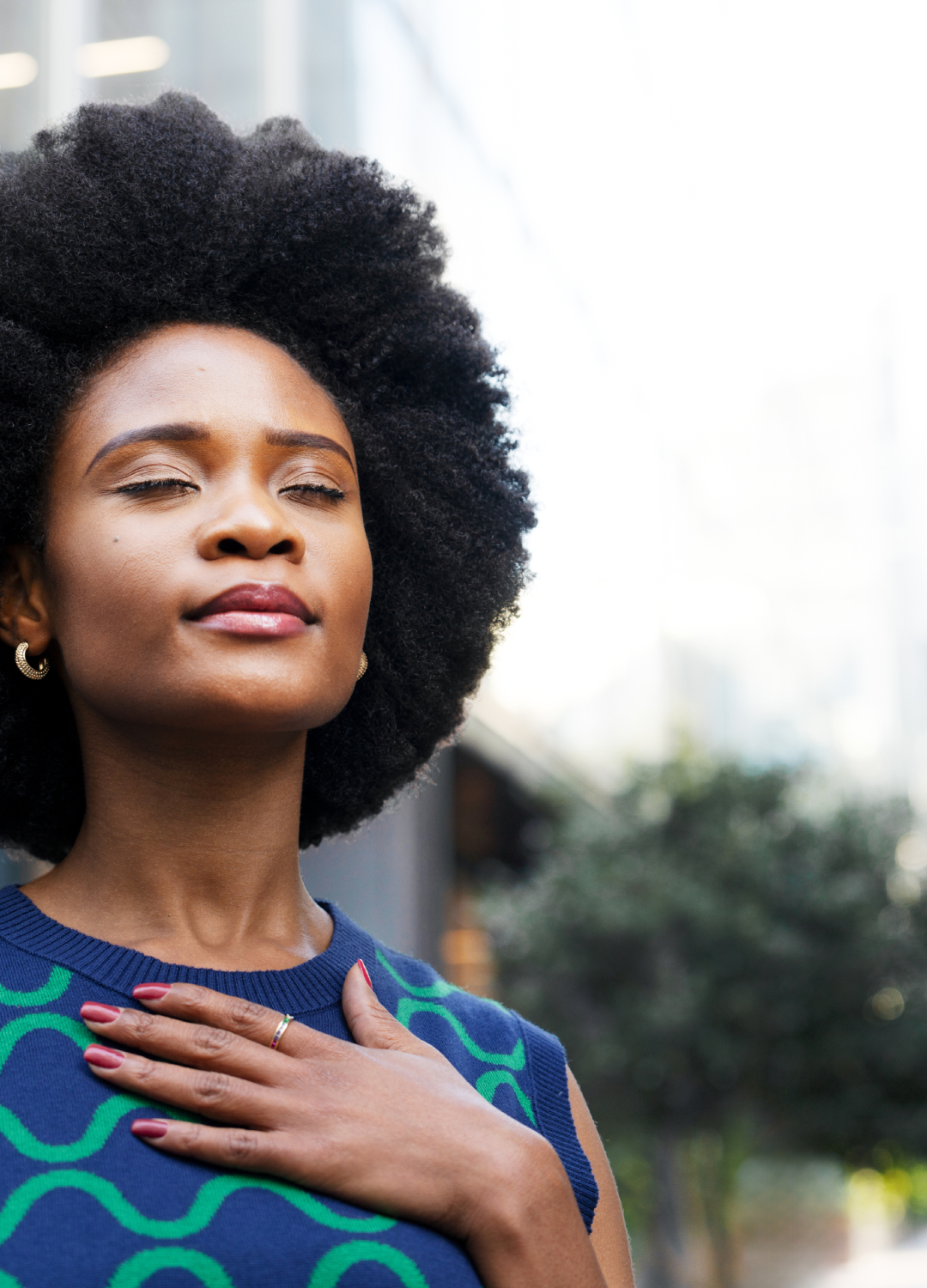
Pranayama, also known as breath control, originates from ancient India and is rooted in yogic traditions of using breath to calm the body. Breathwork has become a class or workshop that people take alongside yoga and meditation to help reduce stress and create a sense of calm in the body.
"Deep breathing is a powerful technique to relax your body and mind. Take slow, deep breaths, focusing on the sensation of the breath entering and leaving your body. This helps slow down your heart rate and promote a sense of calm," Sarah Jones St John, Founder of Grey Wolfe, explains.
Crystals
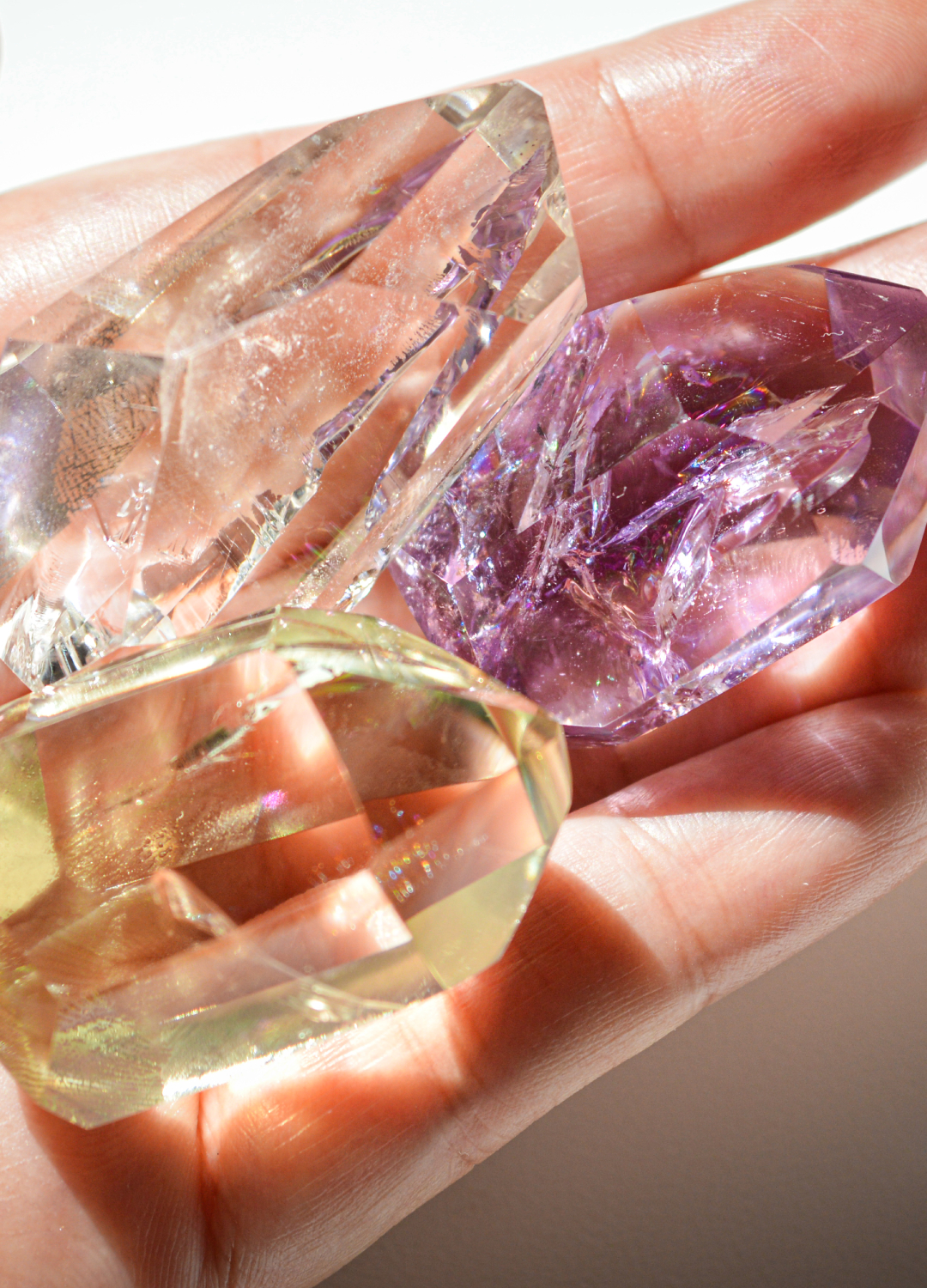
"I'm a crystal lover! By harnessing the unique vibrations of crystals, we can achieve balance, harmony, and well-being. Crystals have been used for centuries in different cultures for their healing properties," Sarah Jones St John, Founder of Grey Wolfe, explains.
Each crystal has a unique internal structure that resonates at a certain frequency. It's this resonance that's said to give crystals their healing properties.
"Applying this energy to the body can promote physical, emotional, and spiritual healing. Use crystals such as amethyst, clear quartz, or rose quartz during meditation or place them around your home to create a positive and healing energy environment. You can also hold them in your hands or place them on specific parts of your body to promote energy healing."
Lauren is the former Deputy Digital Editor at woman&home and became a journalist mainly because she enjoys being nosy. With a background in features journalism, Lauren worked on the woman&home brand for four years before going freelance. Before woman&home Lauren worked across a variety of women's lifestyle titles, including GoodTo, Woman's Own, and Woman magazine.
You must confirm your public display name before commenting
Please logout and then login again, you will then be prompted to enter your display name.
